Diphtheria, the very word struck fear in the hearts of parents in West Michigan, and all over the country. From as early as the 1870's, it had been the killer of children and young people. Especially in the winter and at the changing of the seasons, parents watched their children anxiously for signs of sore throat, fever, coughing and difficulty breathing, hoping their watchfulness would stave off the disease.
Diphtheria was a very contagious disease, and it should not be a surprise when 17-year-old Betty Kuyers, daughter of Albert and Annie Kuyers of Borculo, was struck with the malady. After graduating eighth grade at Ovens School, Betty had done what many young girls from poor families had done in the early years of the 20th century. She went to work for a family of means as a domestic – a housekeeper, nanny, cook. Betty was happy to work for the Yntema family of Zeeland, the local mortician. They treated her well and the work was not onerous, for with 8 siblings, life at home on the farm was more demanding.
However, living with the family who were exposed to its business led to Betty contracting the disease. Despite Dr. Boone's best efforts and the prayers of the family and community, Betty succumbed in September of 1921.
Betty's heartbroken mother and father accepted her death as God's will and the gracious Yntemas were so kind as to pay for the girl's funeral. Betty was laid to rest in Borculo Cemetery in a new plat of 6 graves her father had purchased.
Betty's illness, the family was required to sleep in the barn, and after her death, the house was fumigated. Dr. Boone told Annie and Albert that they would not have to worry that their other children would catch the disease and they believed their ordeal was over.
But Diphtheria wasn't done with the Kuyers Family. In December of 1923, just 2 years after the family had been told they were free of the disease, several girls in the Borculo community were stricken. One of them was Betty's younger sister, Annie.
Annie had been born in 1913 and was 9 years younger than Betty. Just 10 years old, Annie was a blonde-haired girl with blue eyes and sweet smile and was named for her mother. Mother Annie was particularly fond of her namesake.
So it was with horror that Mother Annie had heard her daughter's hacking cough, felt her fevered forehead and distressed as the complaints of a sore throat in December of 1923. Again, Dr. Boone was summoned and again, they heard the terrible diagnosis, diphtheria. There was still no cure for the disease, and one wasn't invented until 1938, and even then, it wasn't until around WWII that penicillin was in wide use.
Again, the doctor has no cure, nothing to stem the tide. Annie's throat had developed a dark and fibrous coating which caused her to strain to take a breath. She was racked with fever and would bleed from her nose. Finally, her skin took on a bluish tinge. And, then she died. Mother Annie, her only caretaker, saw the life drain from her precious child. She was beyond grief. “Only ten” she would repeat. There was no salve for the wound of grief she felt, no balm for her weary soul.
Annie was laid in her casket, but not at a funeral home. It was in the bedroom she had shared with 3 of her sisters. Her casket was placed by the window and a ladder was propped up outside the house so that the few mourners could climb the ladder to see the girl one more time.
The funeral was held outside even though it was December. It was 50 degrees that day and cold was not a deterrent. The minister stood behind the small elm tree that was growing near the house and after reading from his Bible, he balanced it in the crook of the tree where it remained miraculously.
Afterward, Annie was carried to Borculo Cemetery and was laid in the grave next to her sister Betty, there to remain, her parents joining many years later.
Her children said their mother never recovered from the little girl's passing. God had taken two of her darlings and though she learned to smile again, in her heart was a permanent hole.
Walking through the Borculo Cemetery today, it is very easy to pass right by the little granite headstone. It is simple with only her name and years of life. And it is easy to forget that each cold stone represents a real person. A life lived long; a live cut short. Dreams fulfilled, dreams unfulfilled. And, lest we forget, though each was a mortal life, each was an immortal soul.

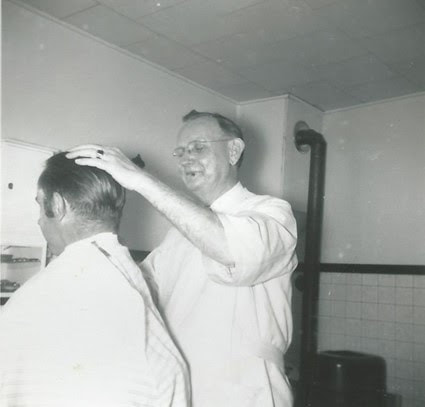

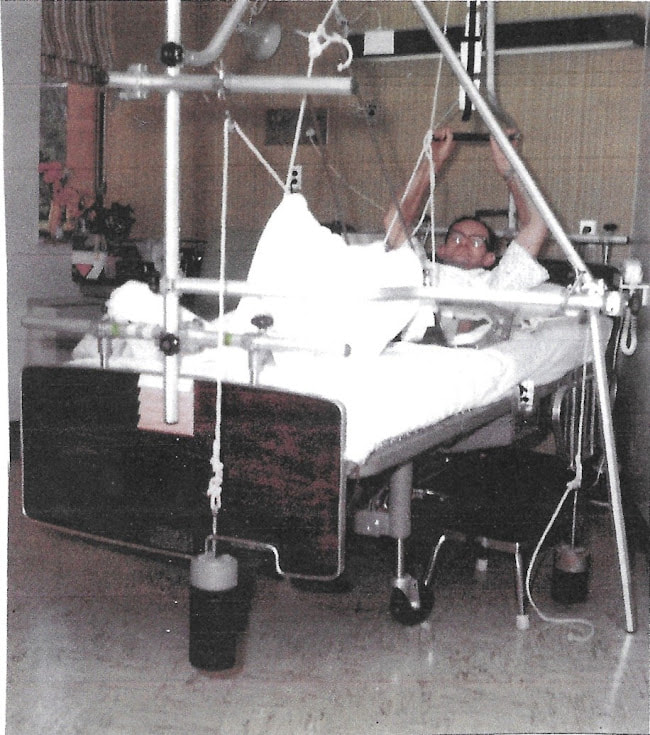
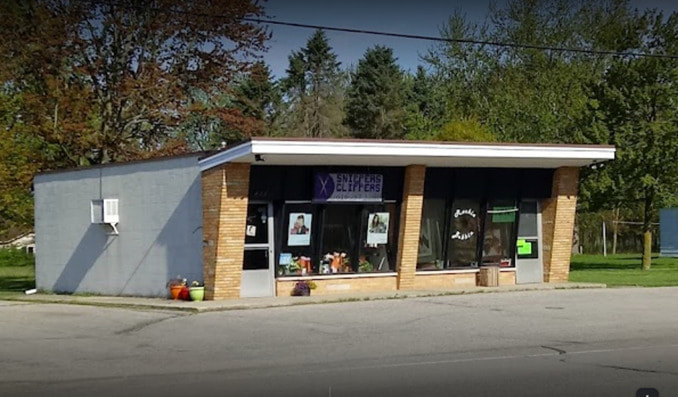
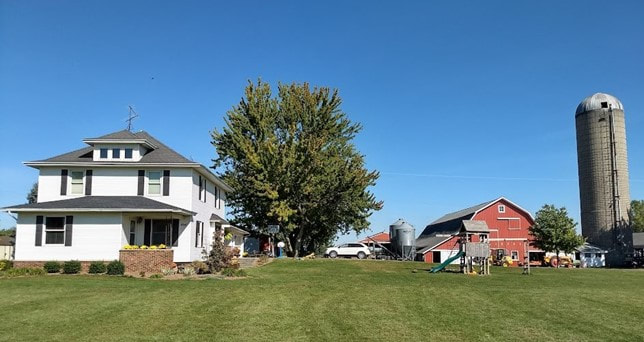
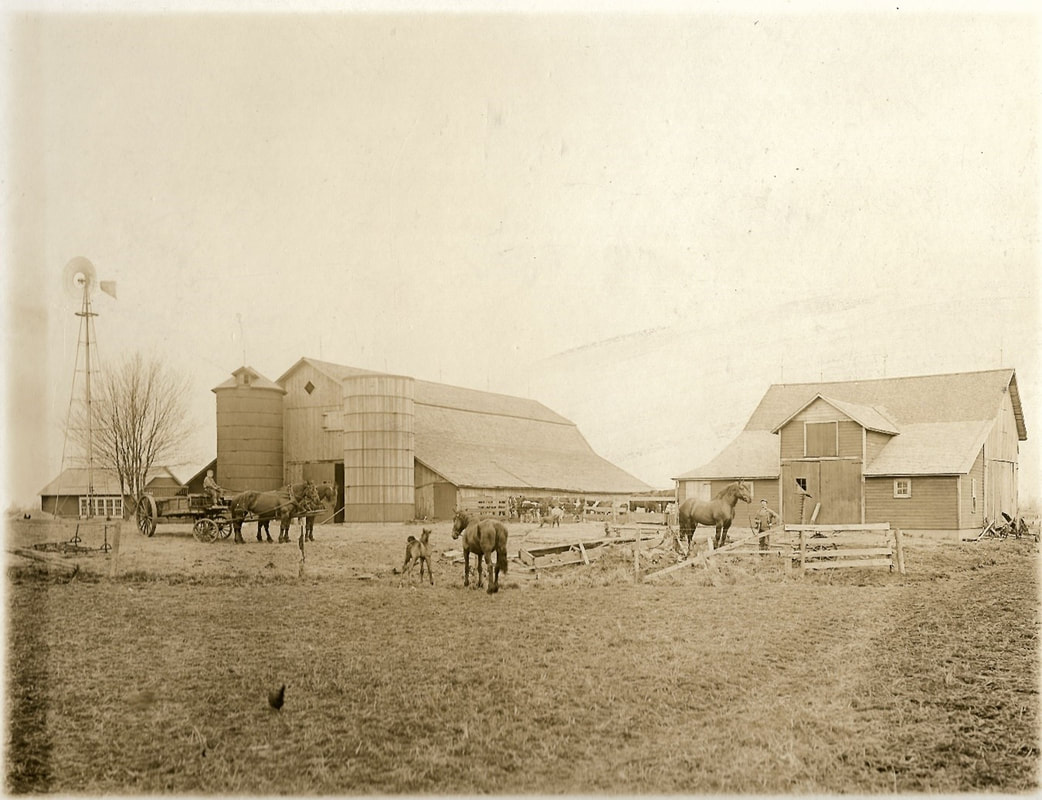
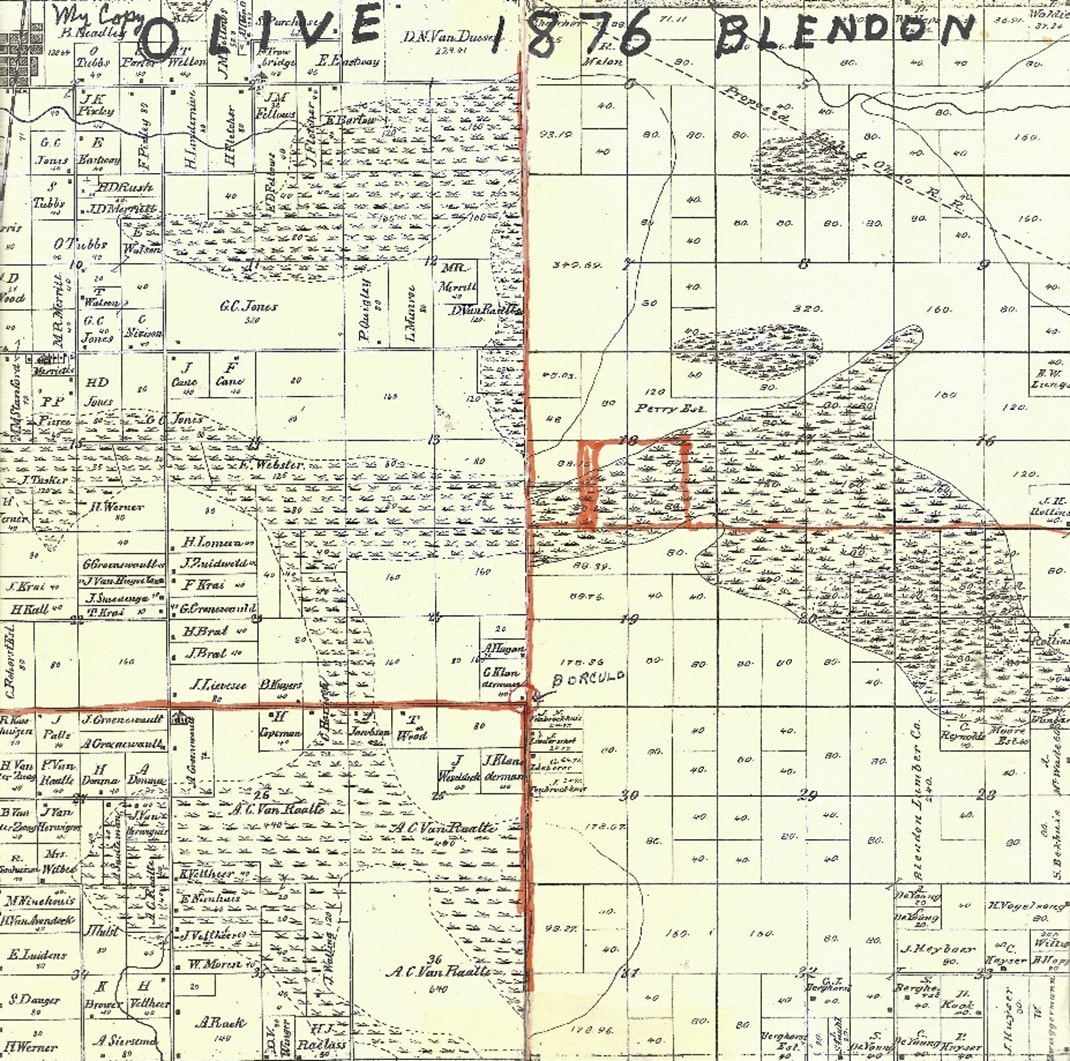
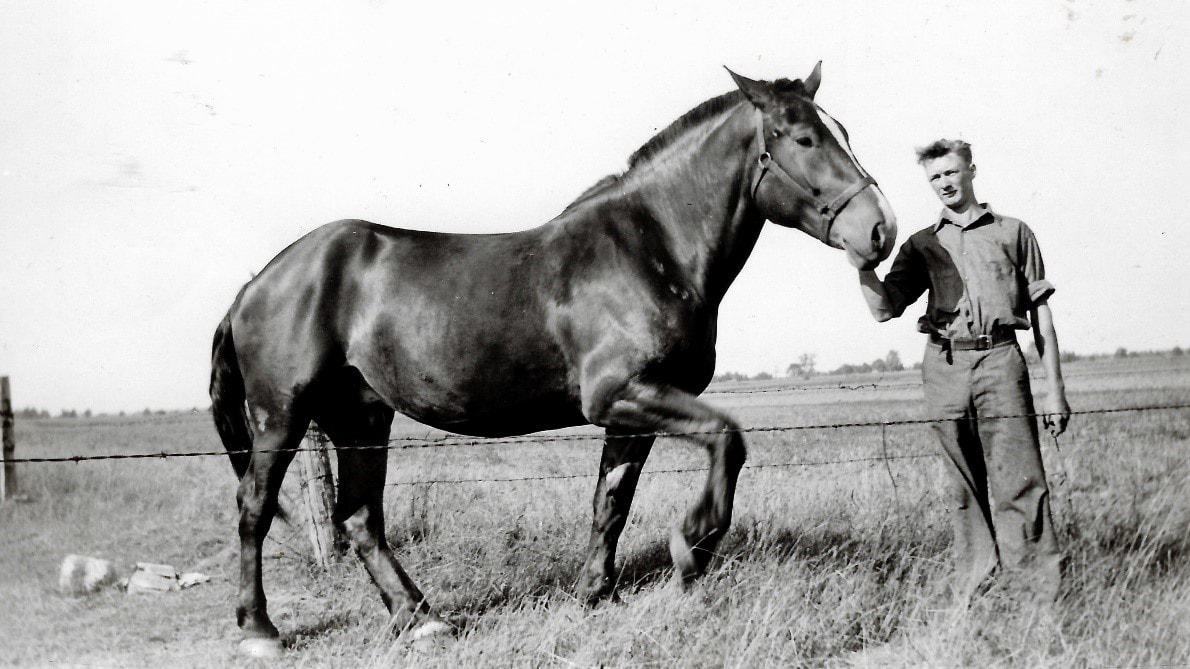
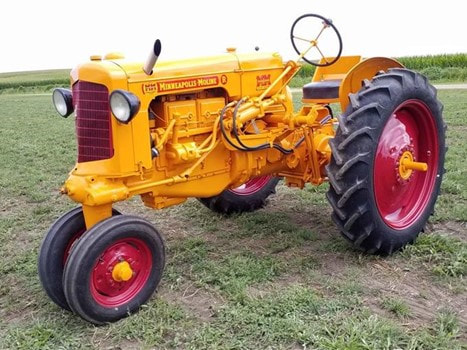
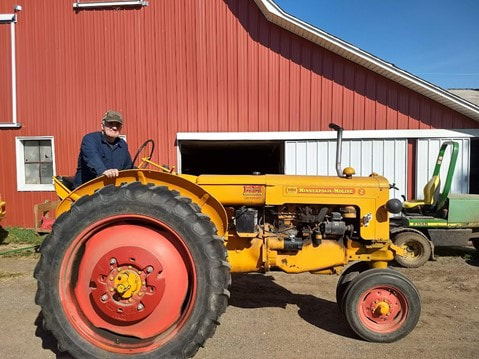
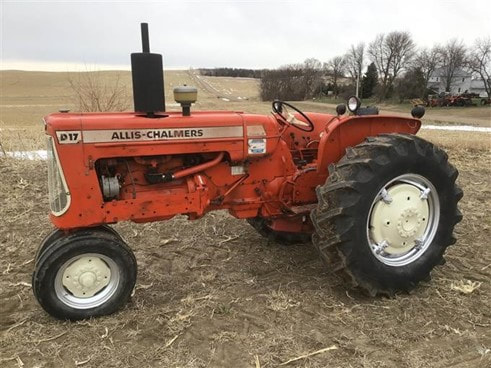
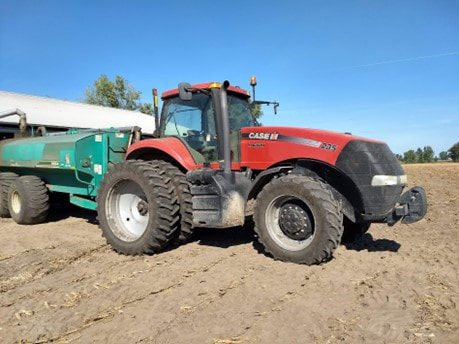
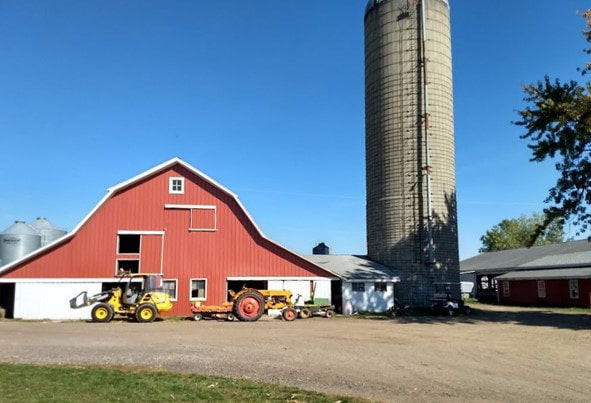
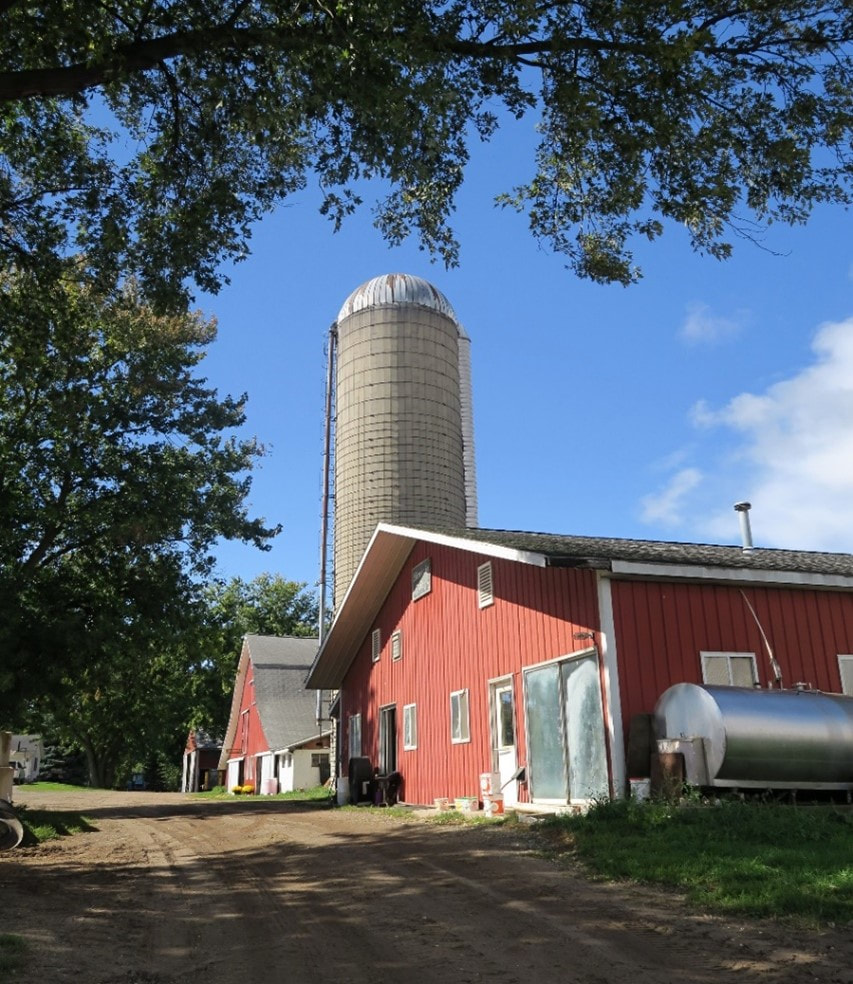
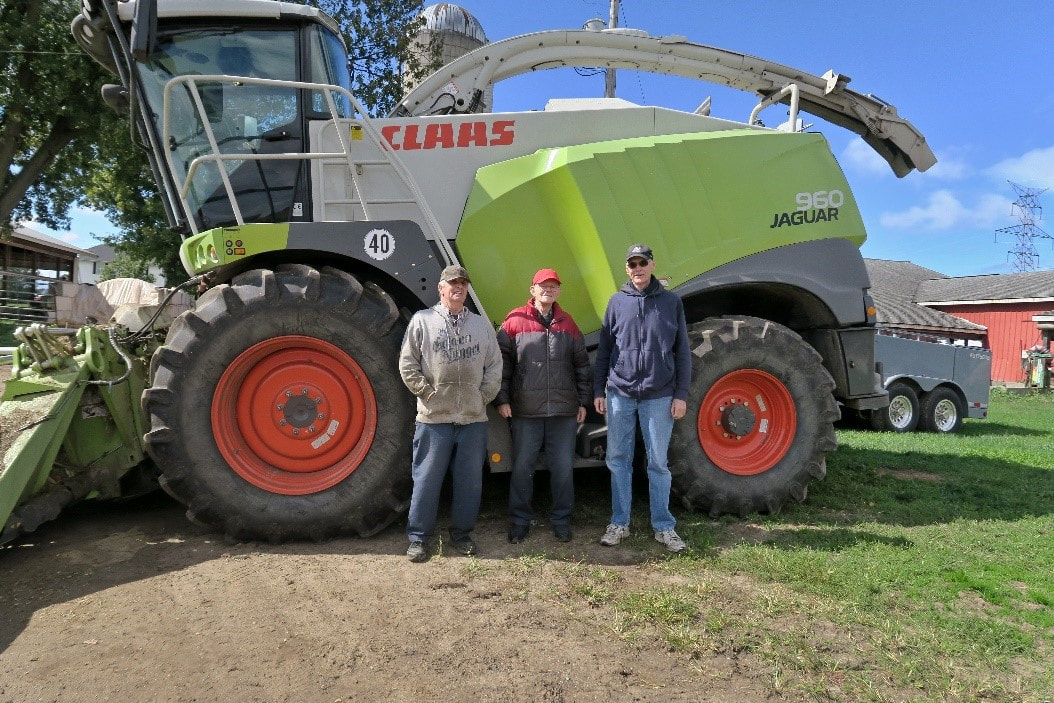
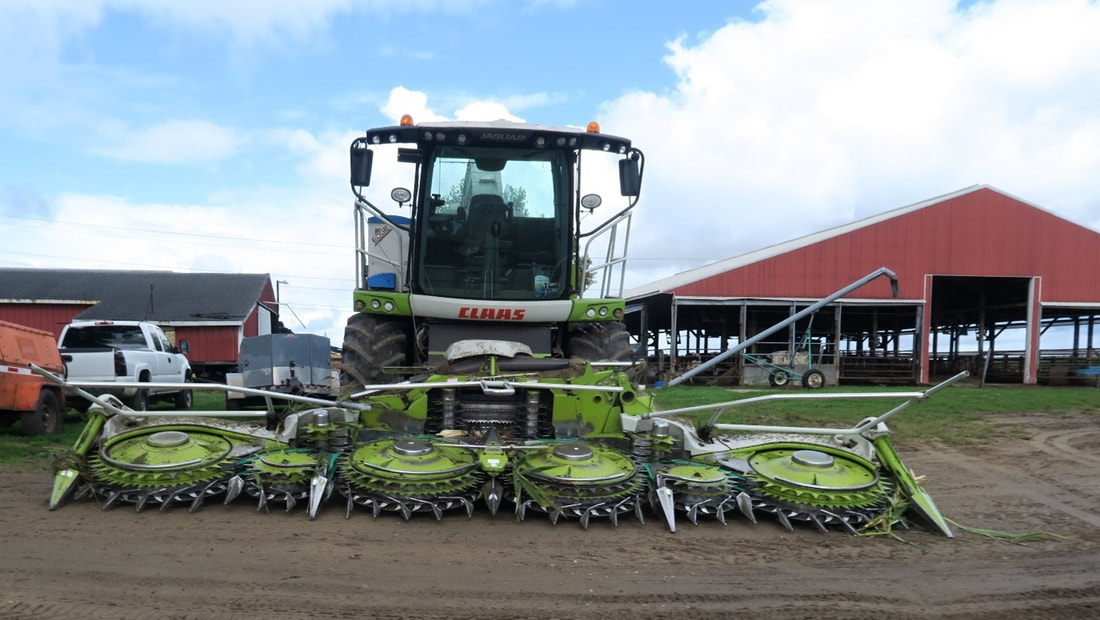
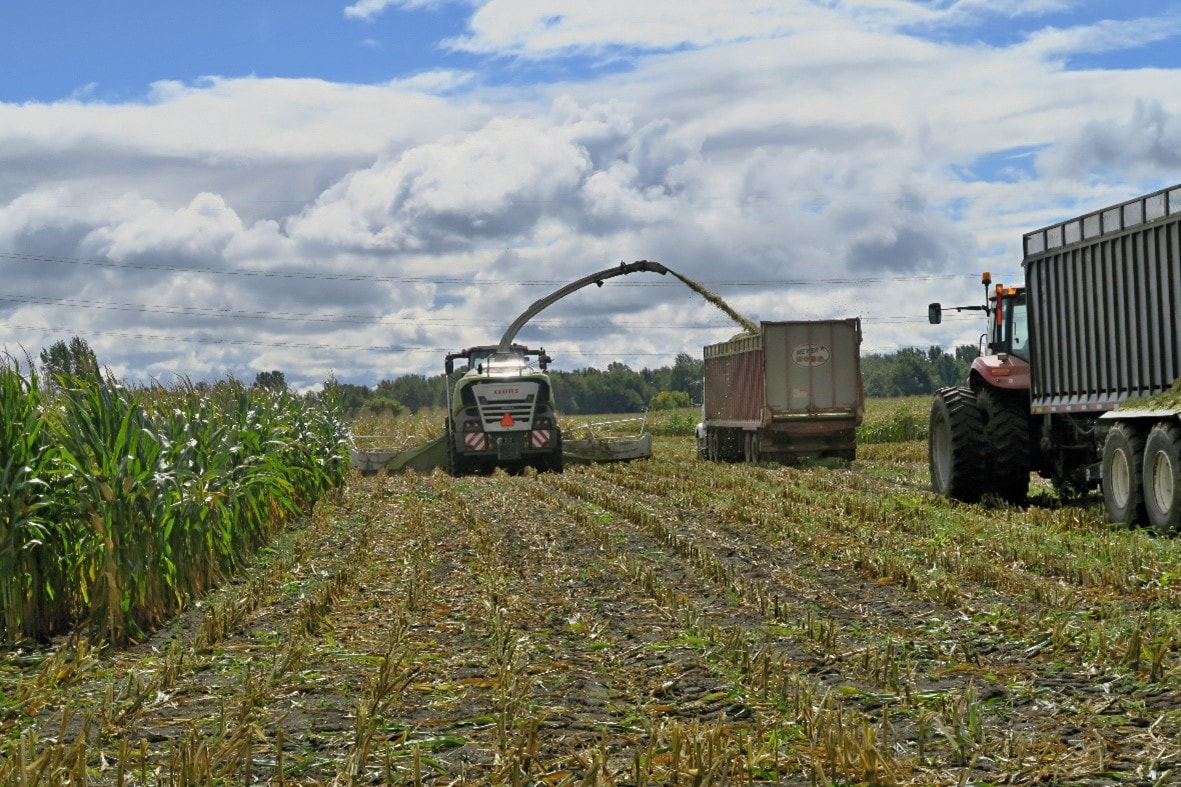
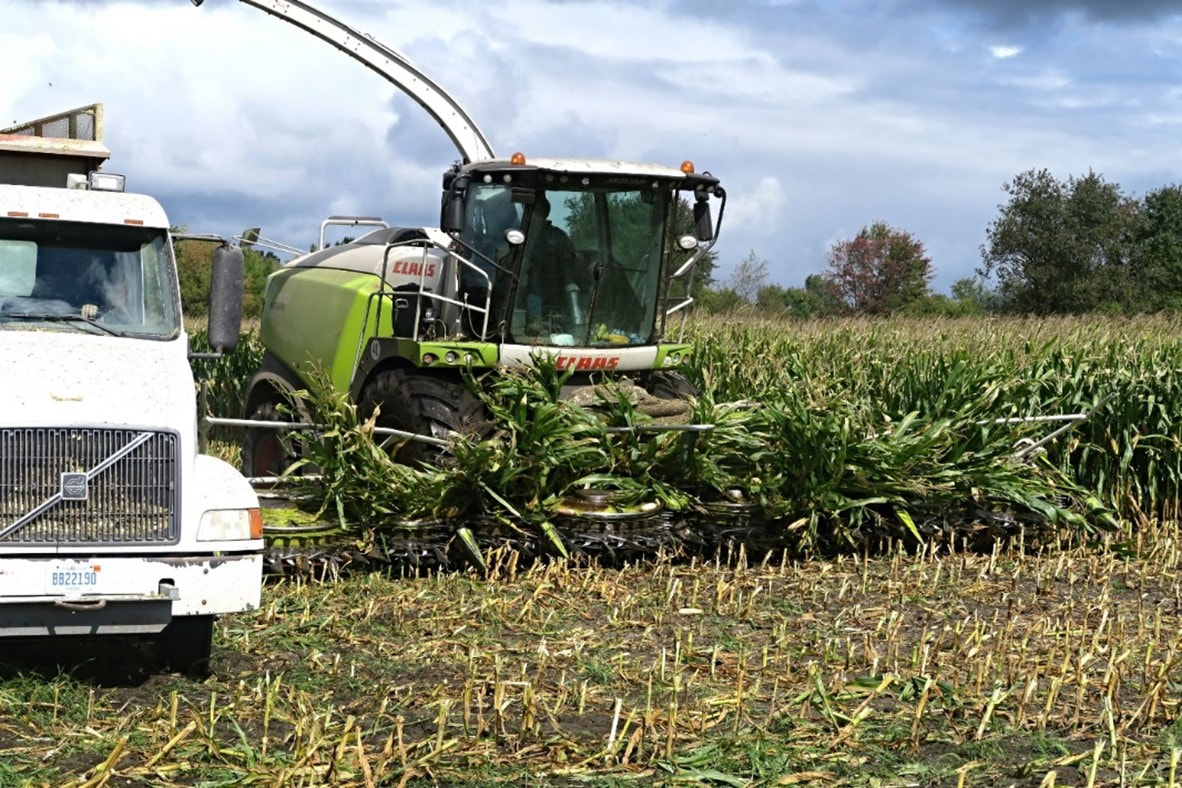
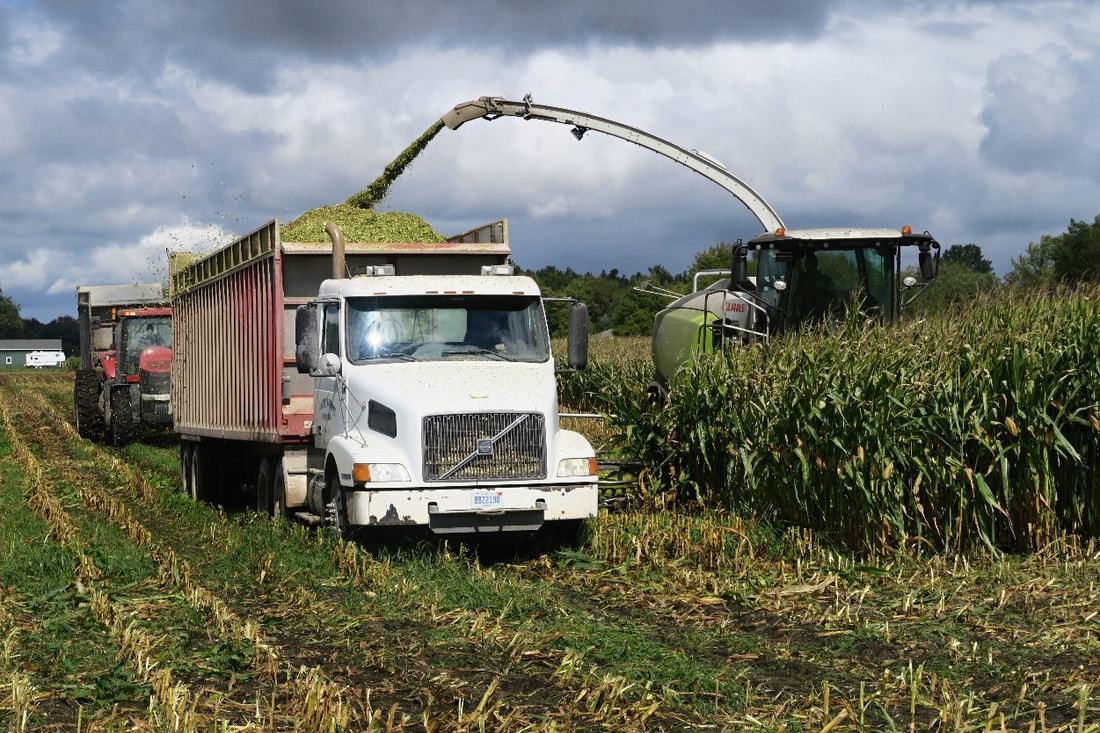
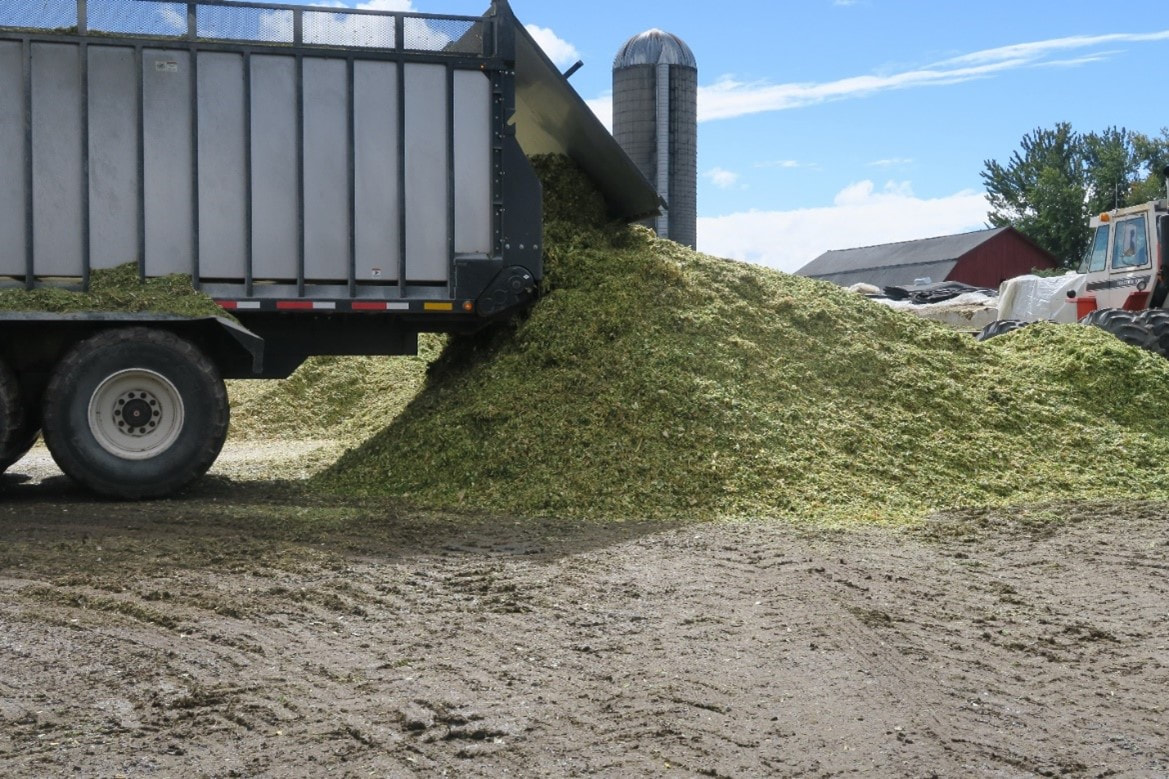
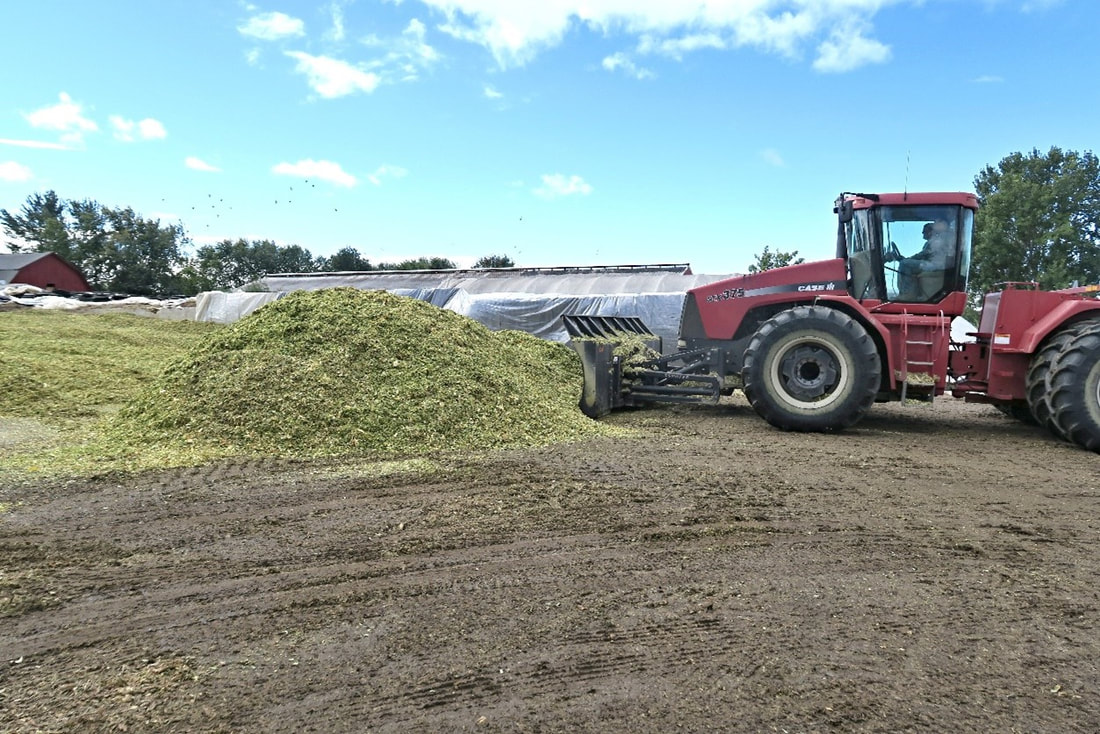
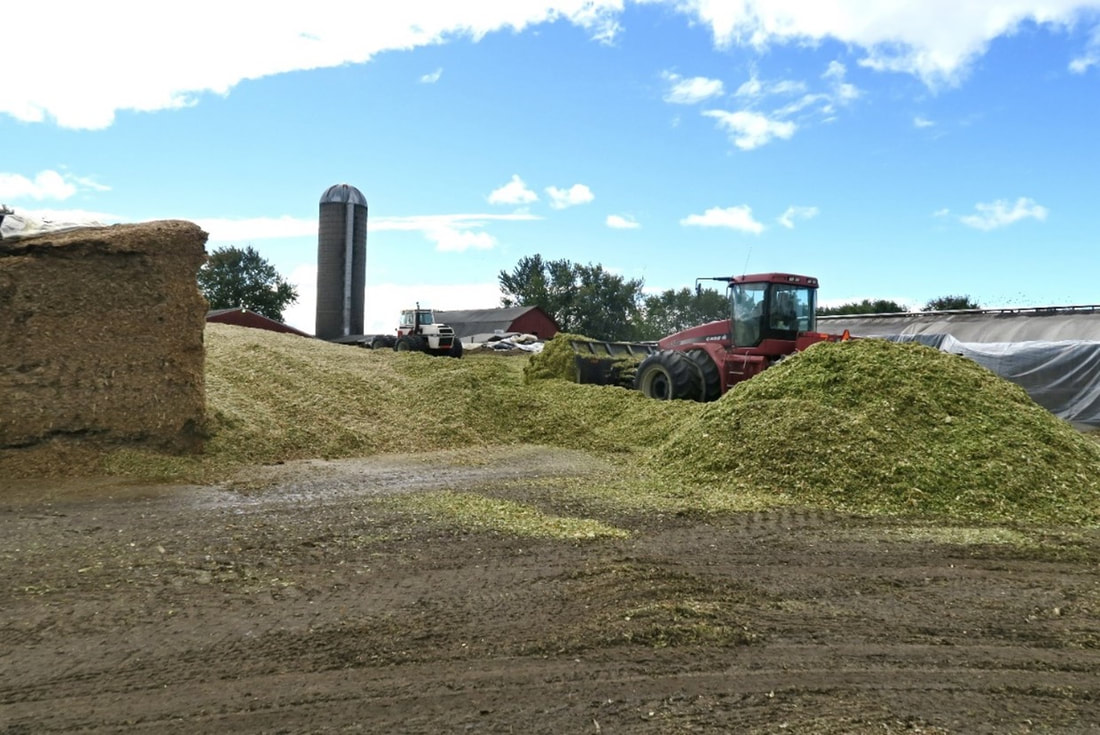
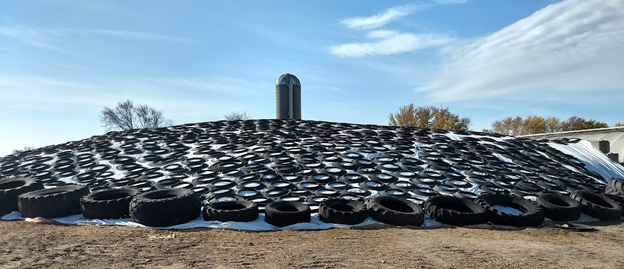
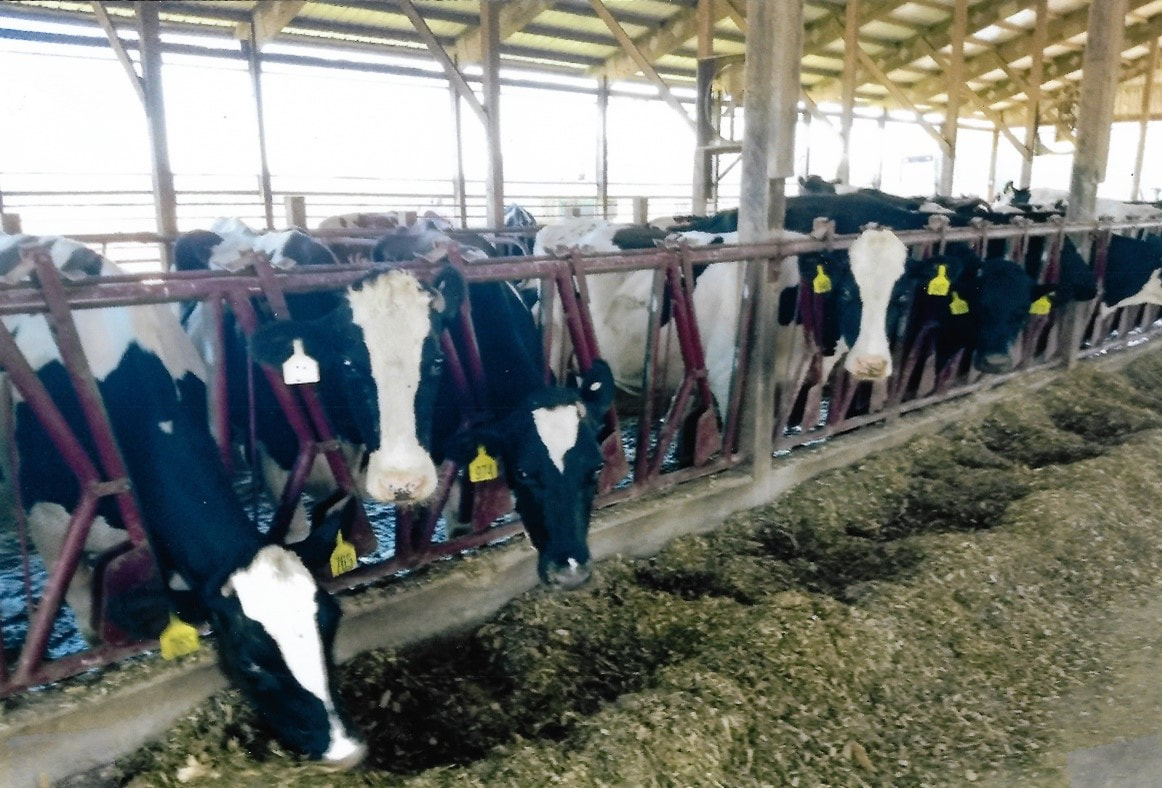
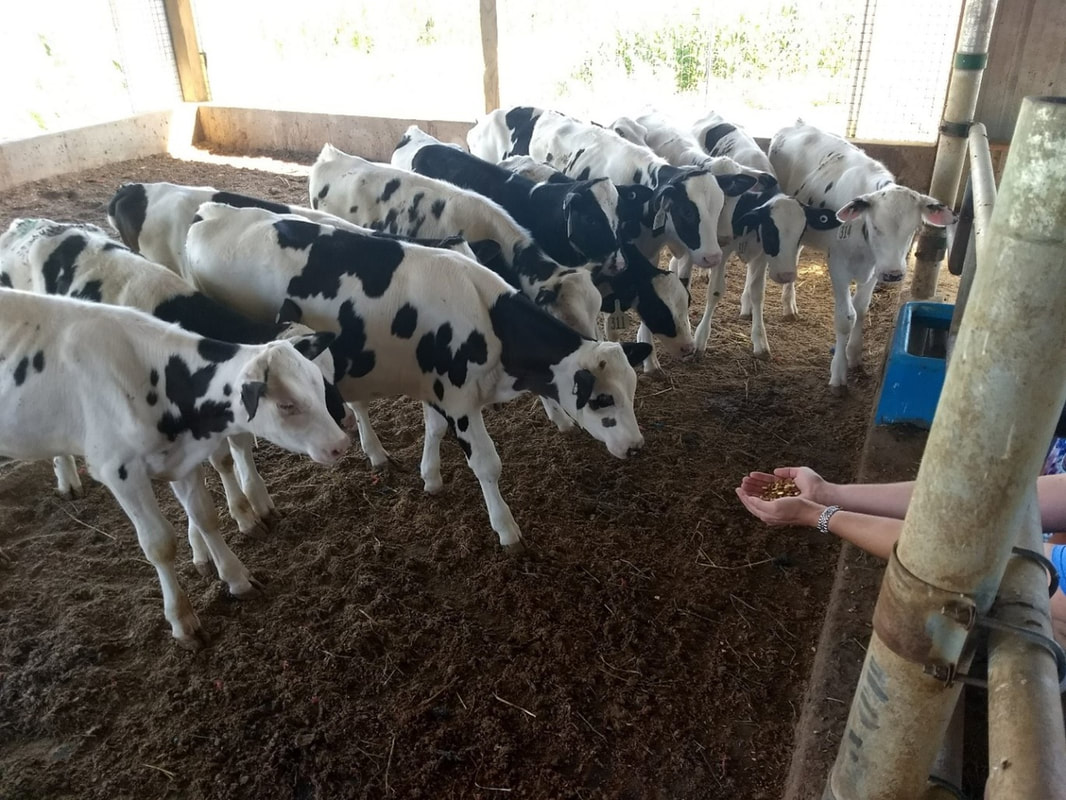
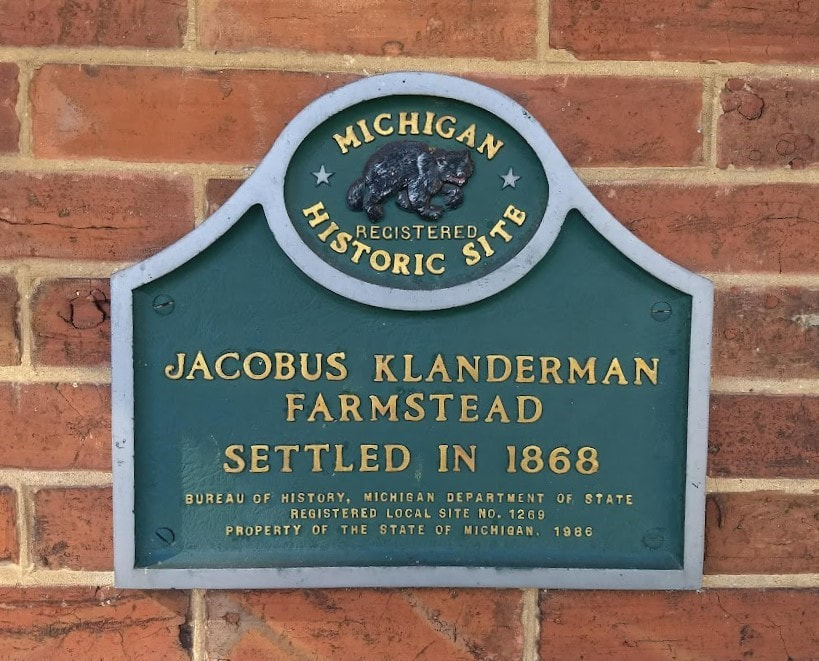
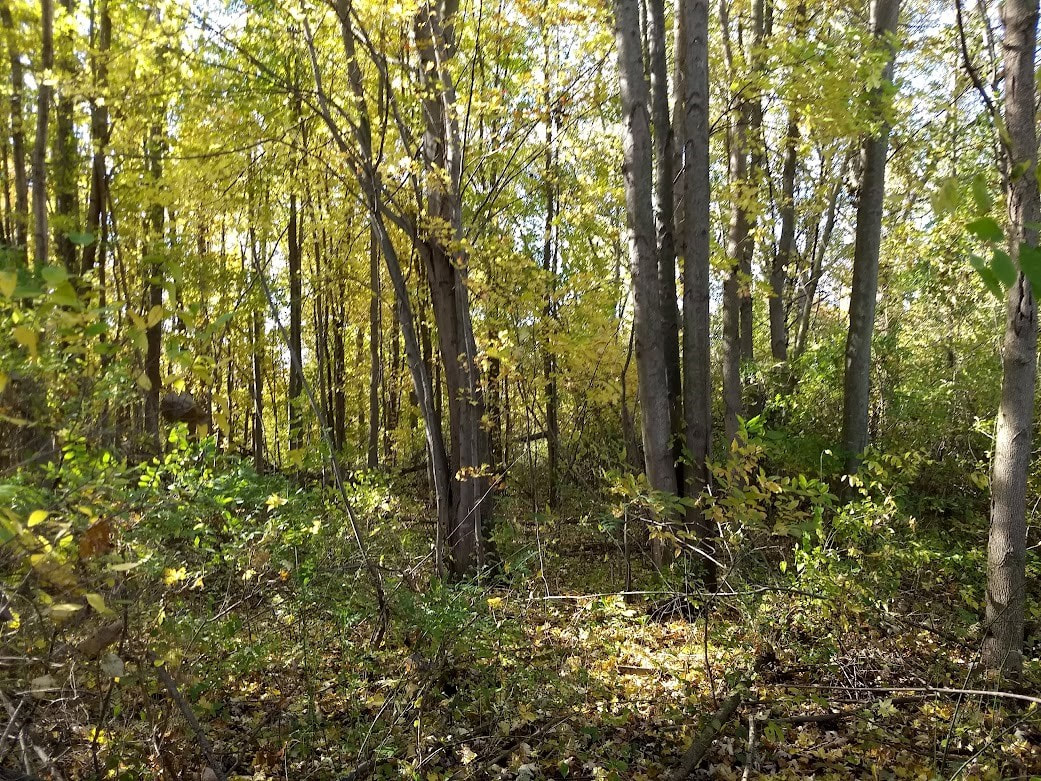
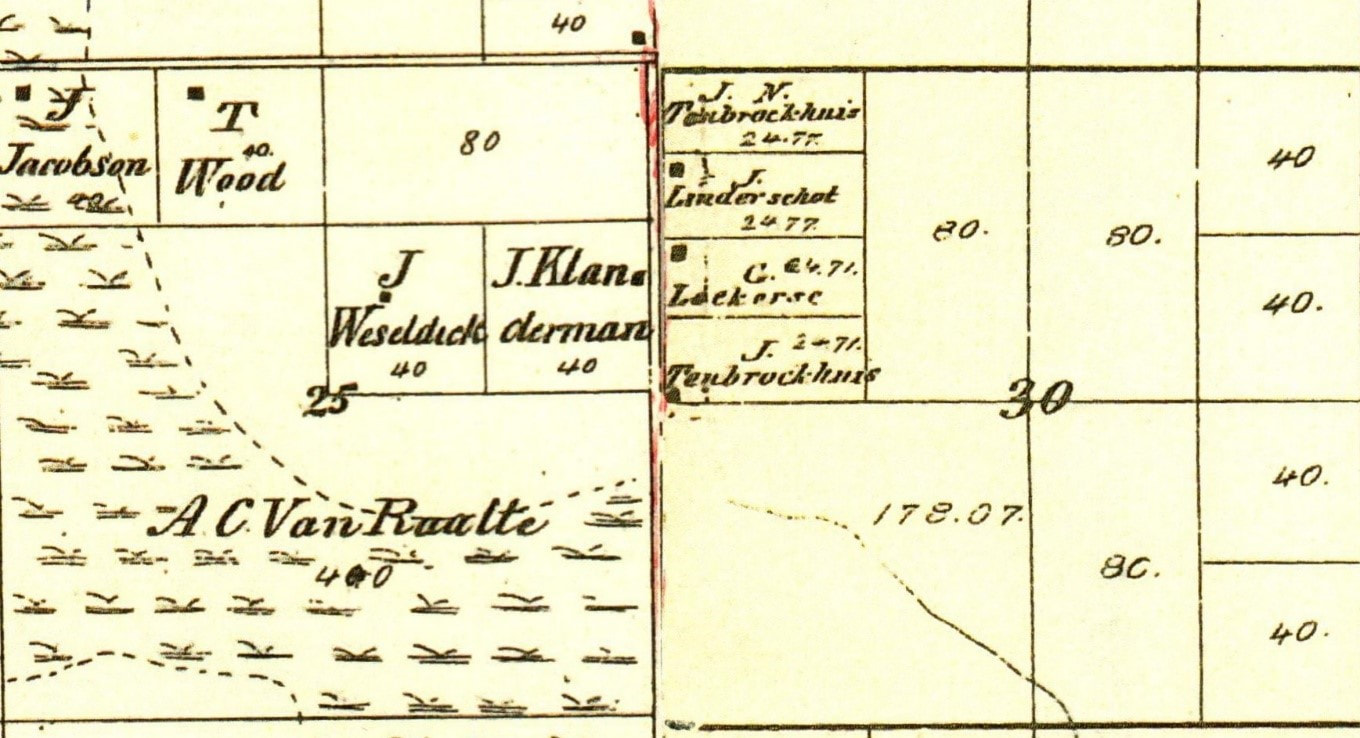
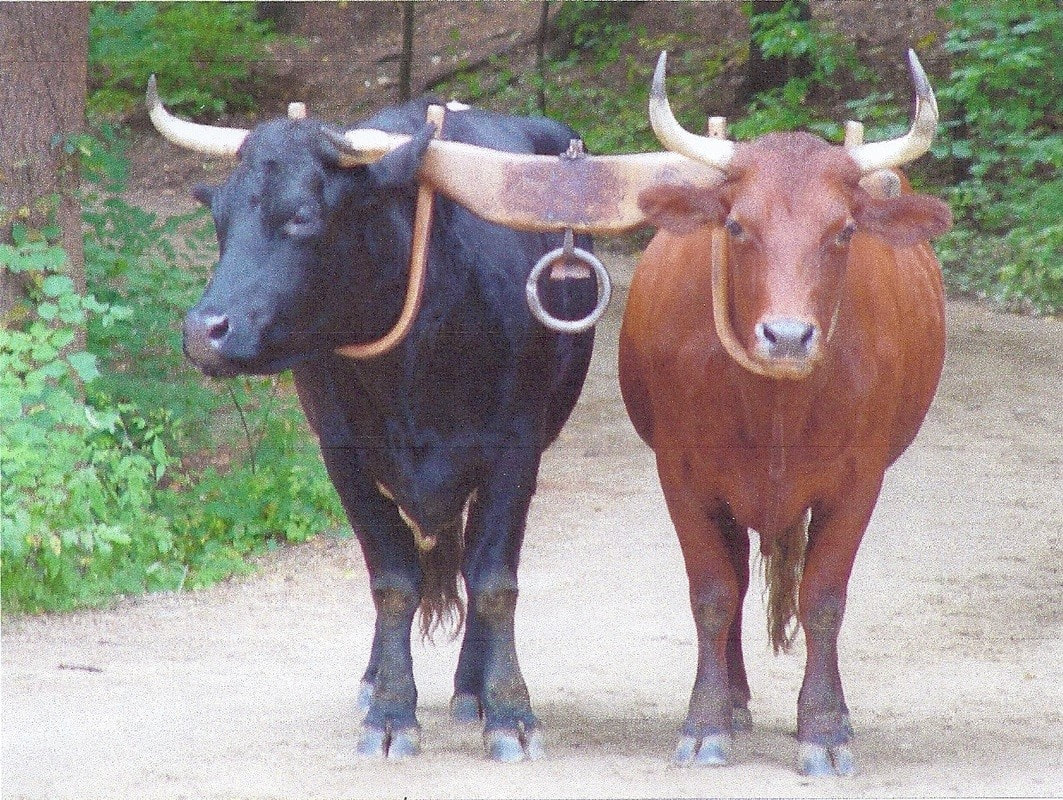
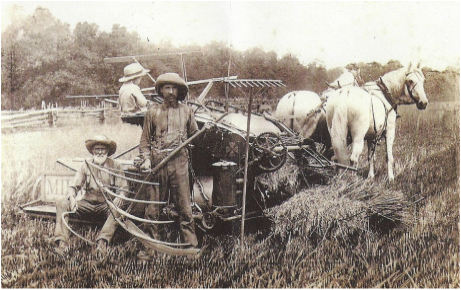
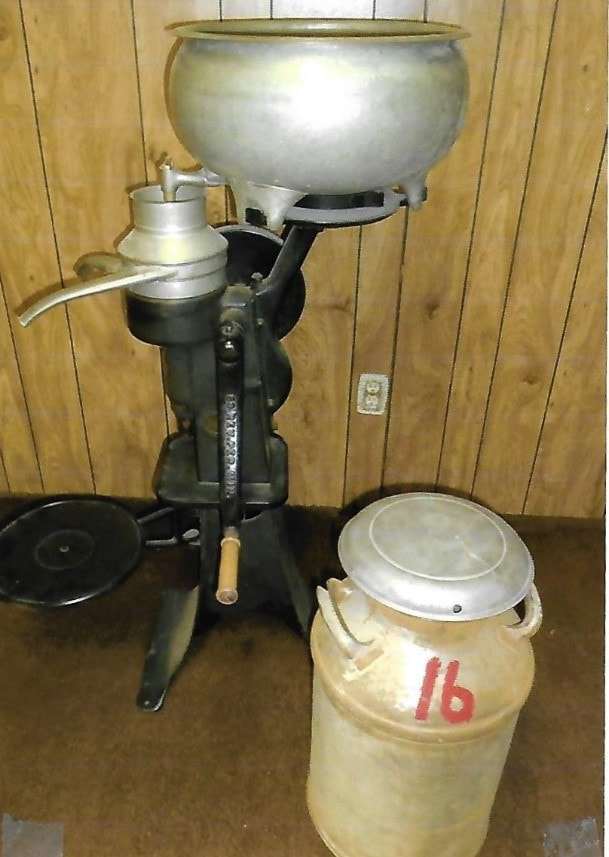
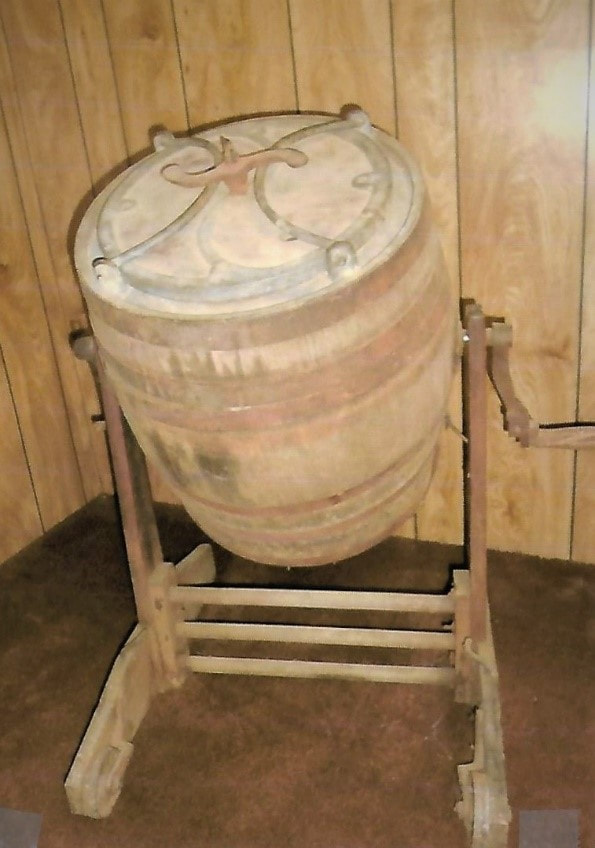
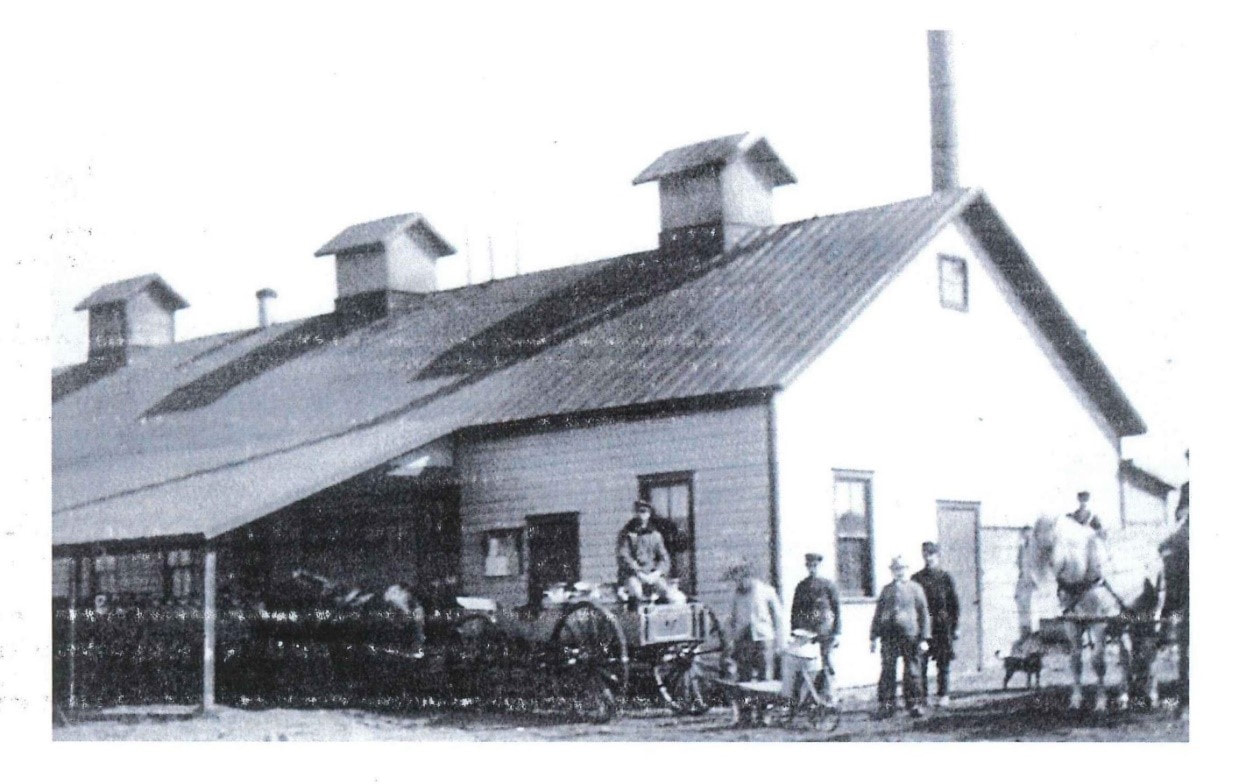
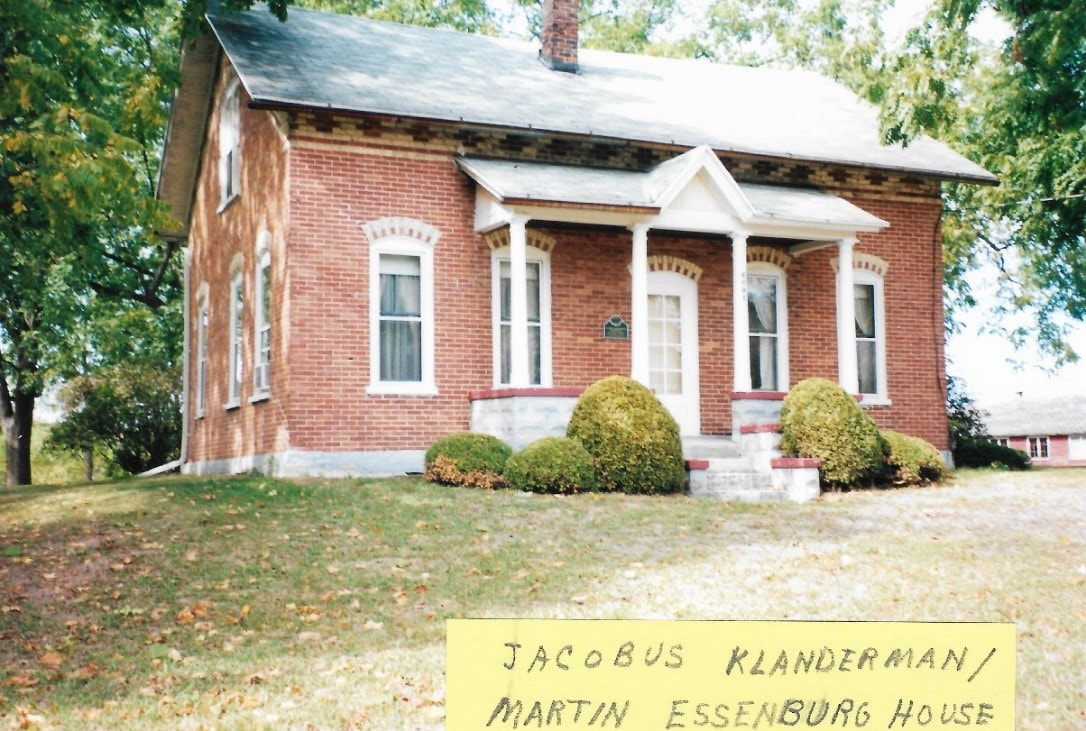
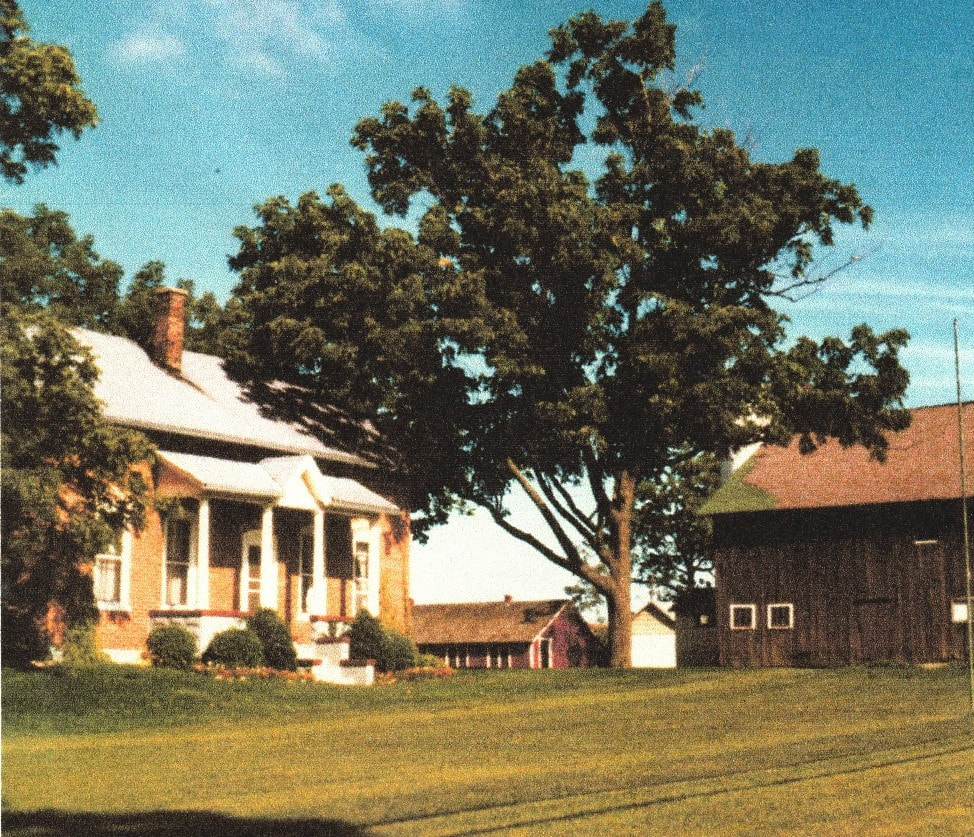
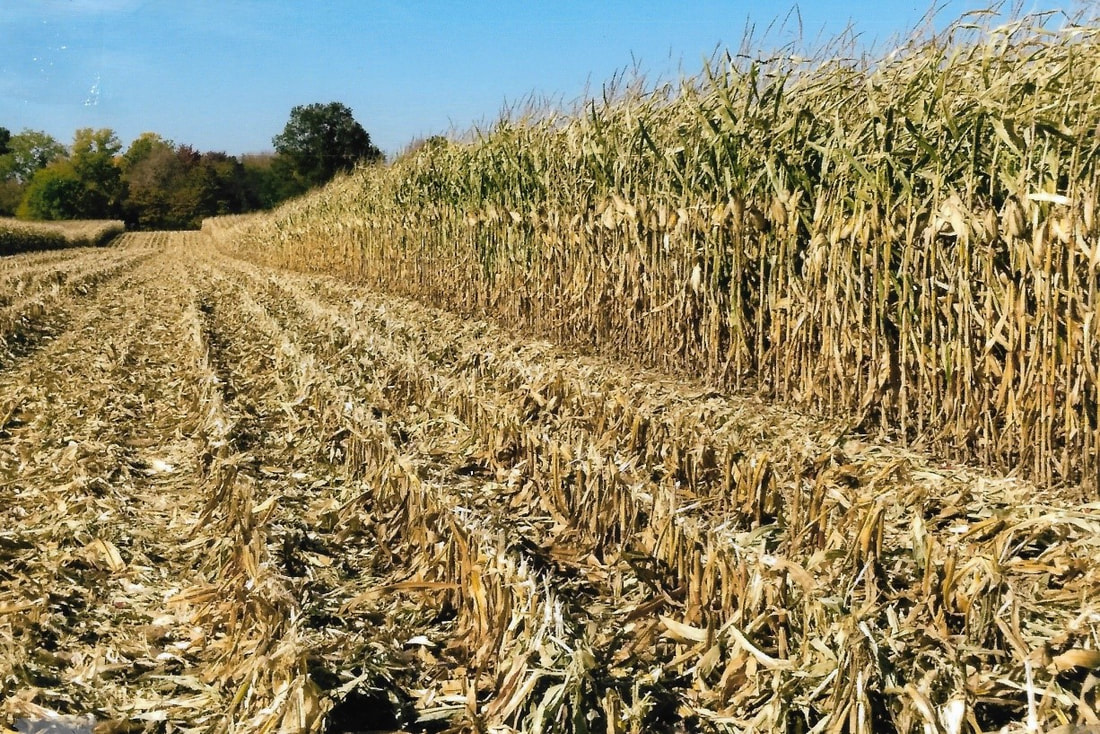
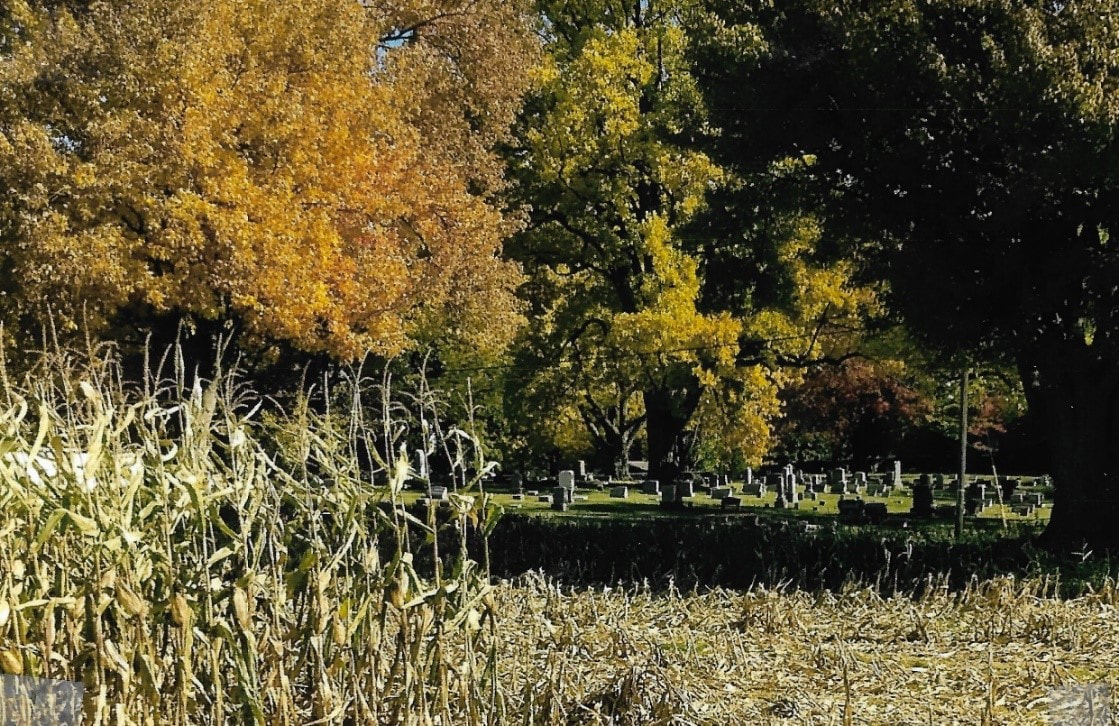
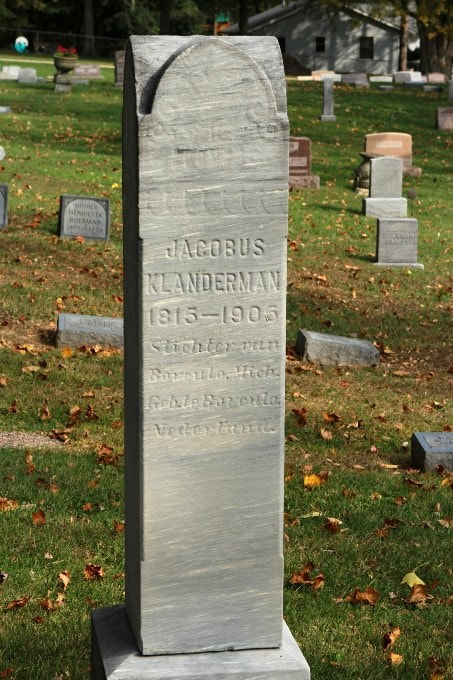
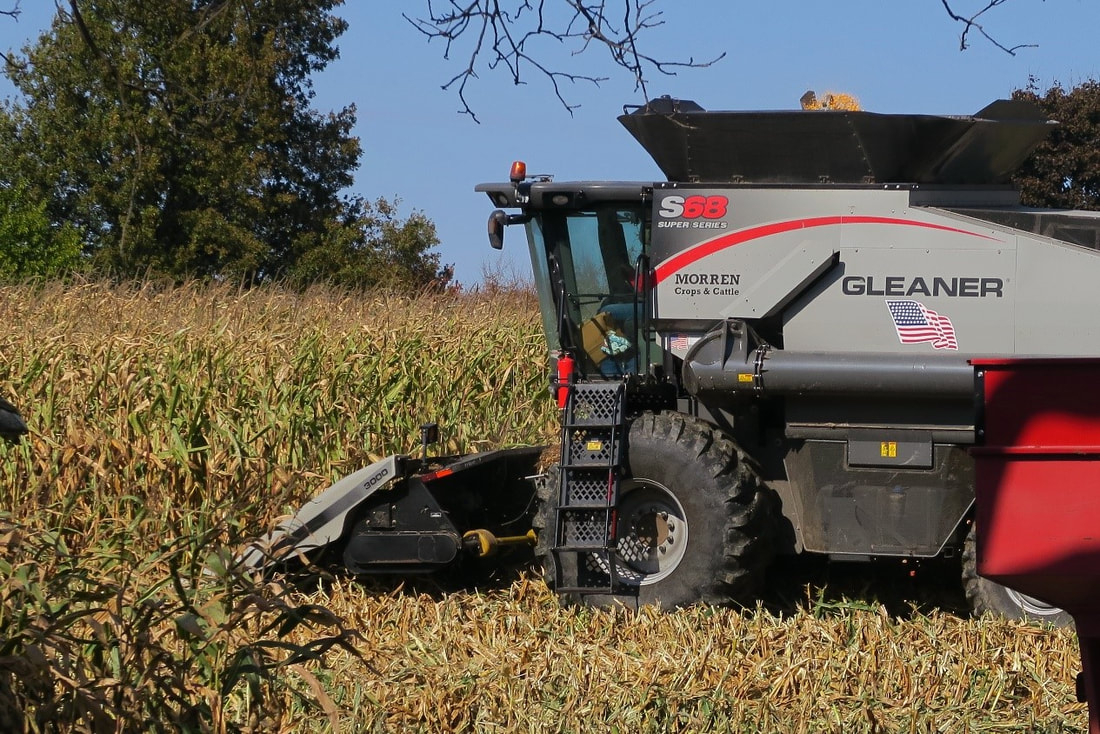
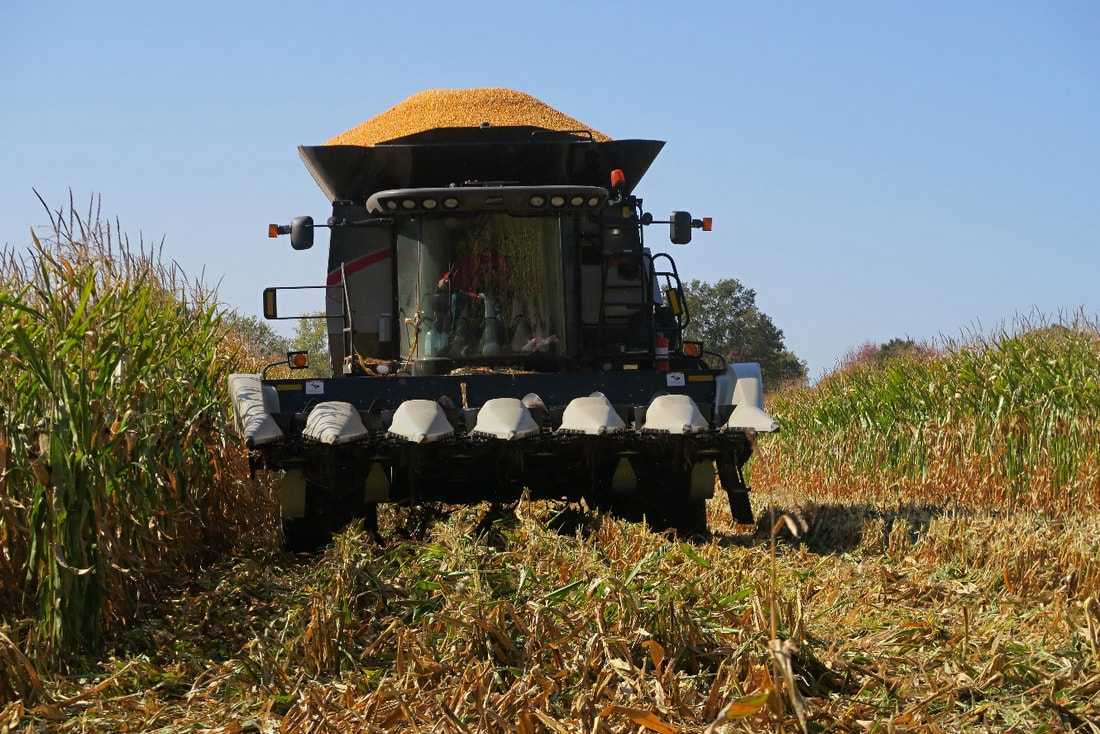
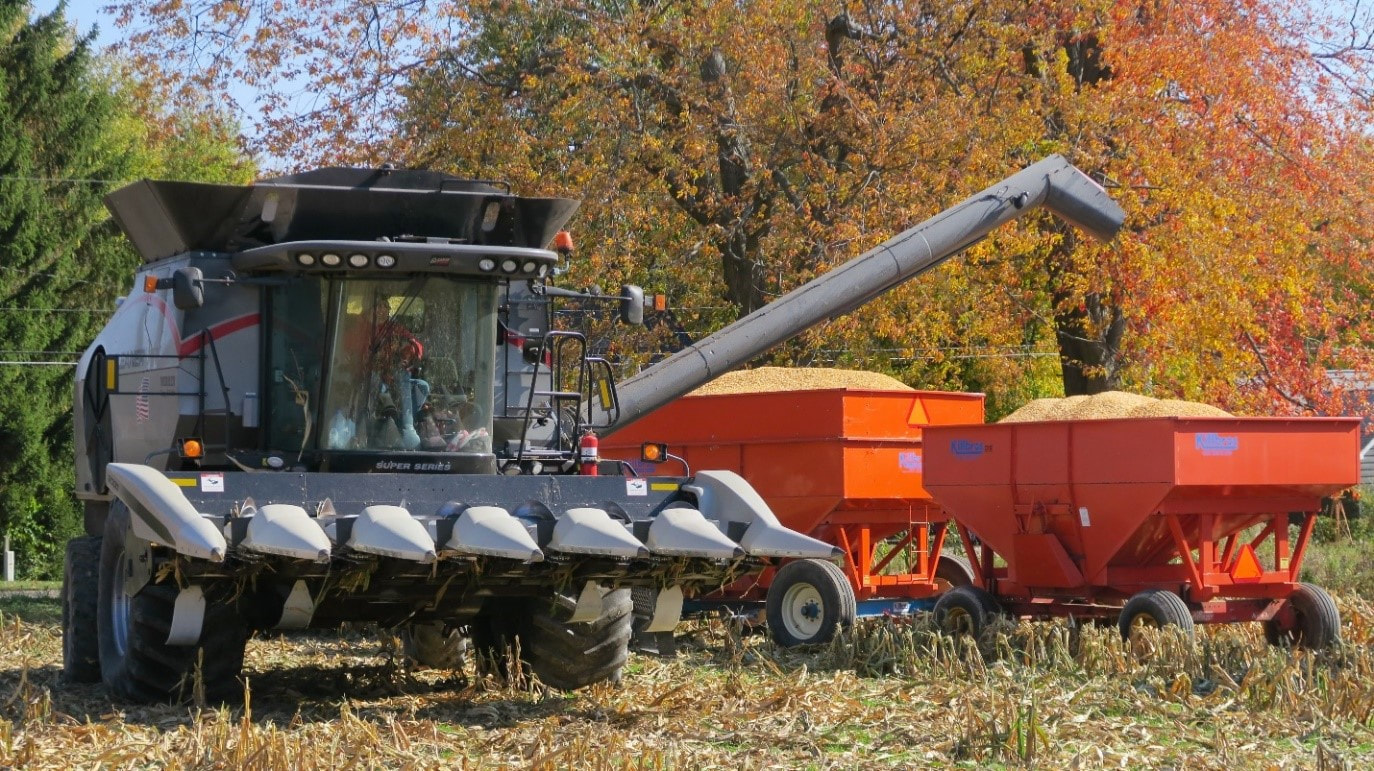
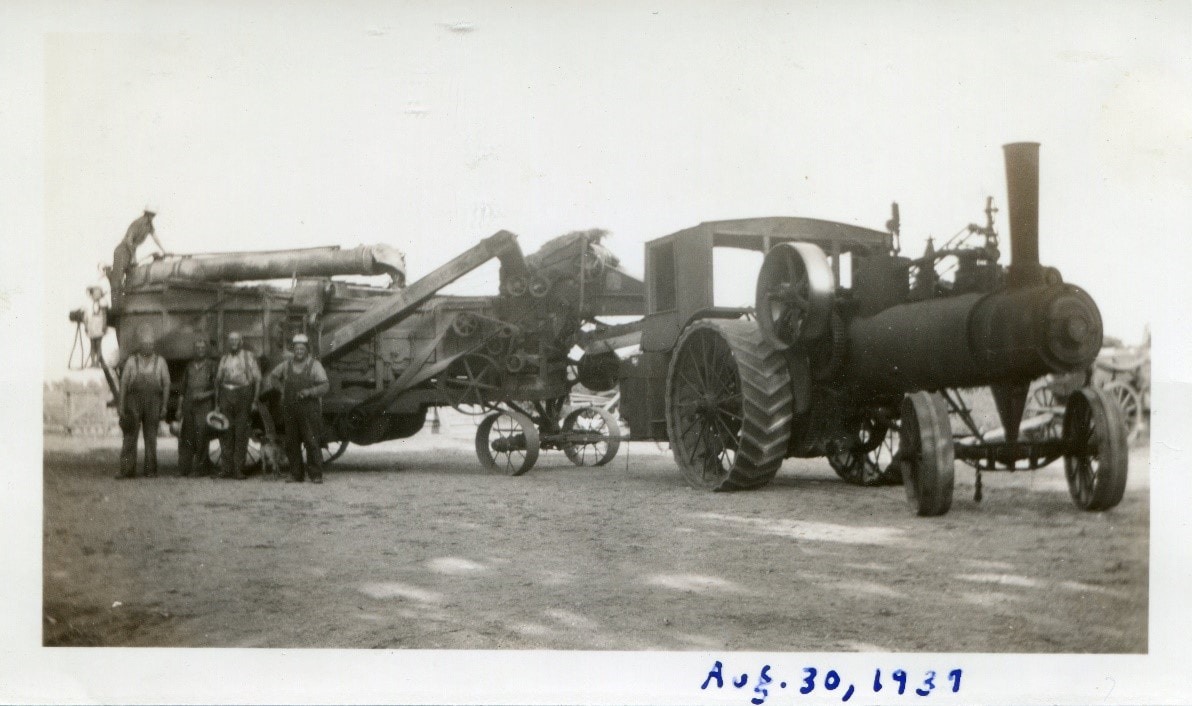
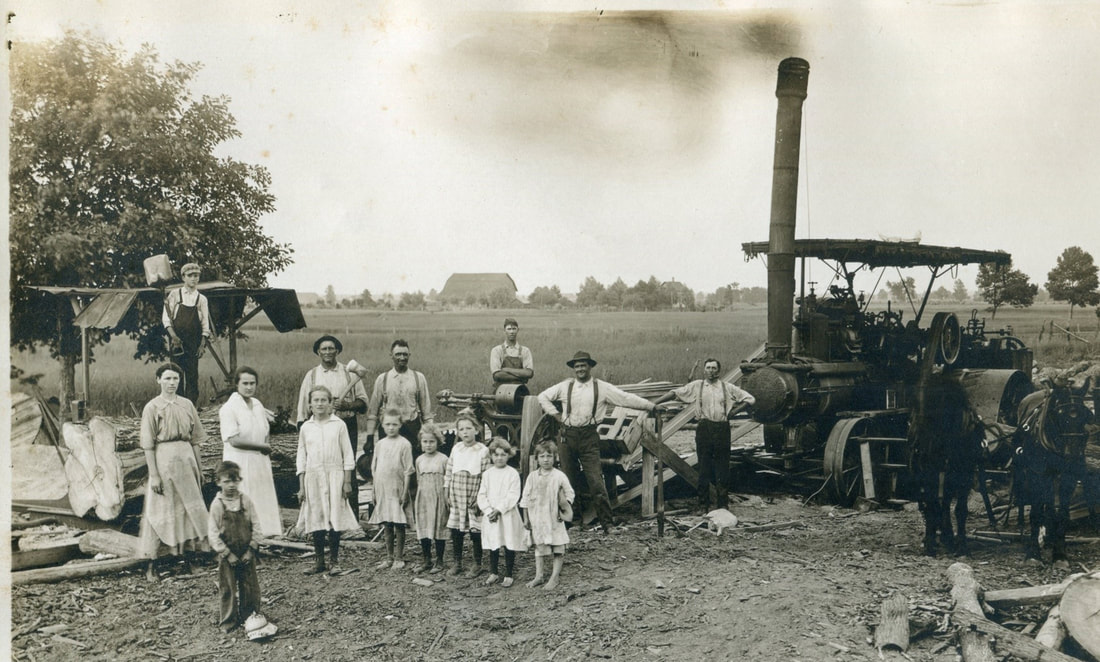
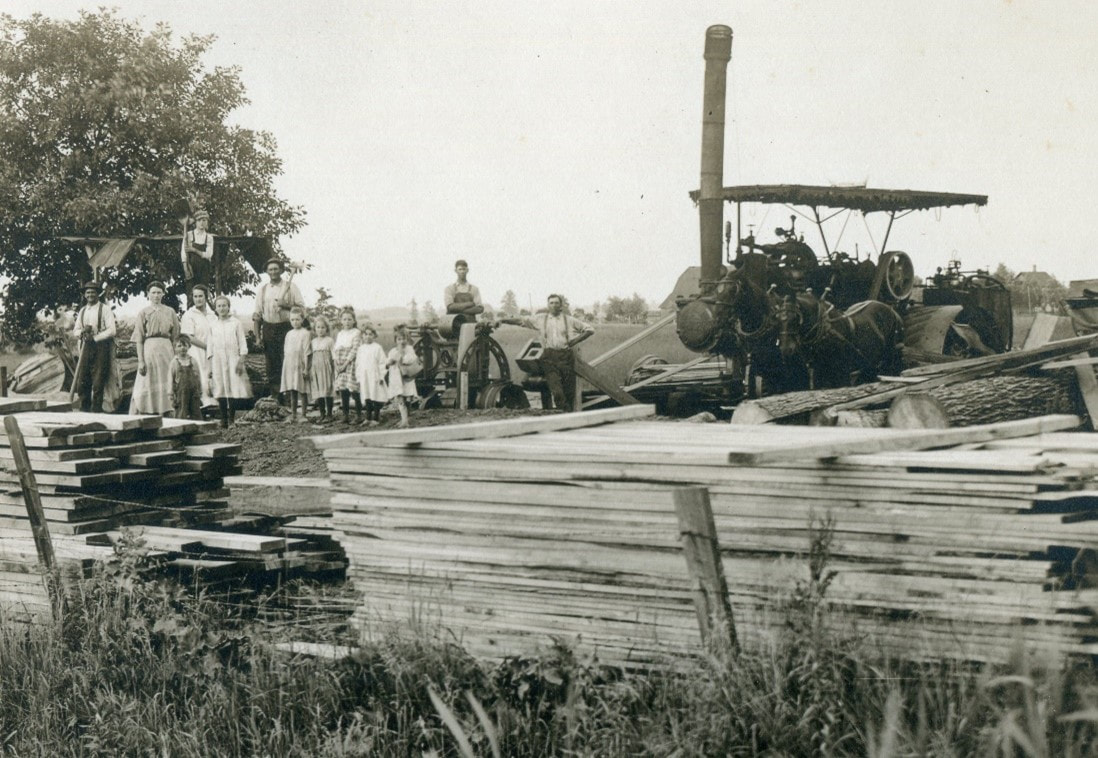
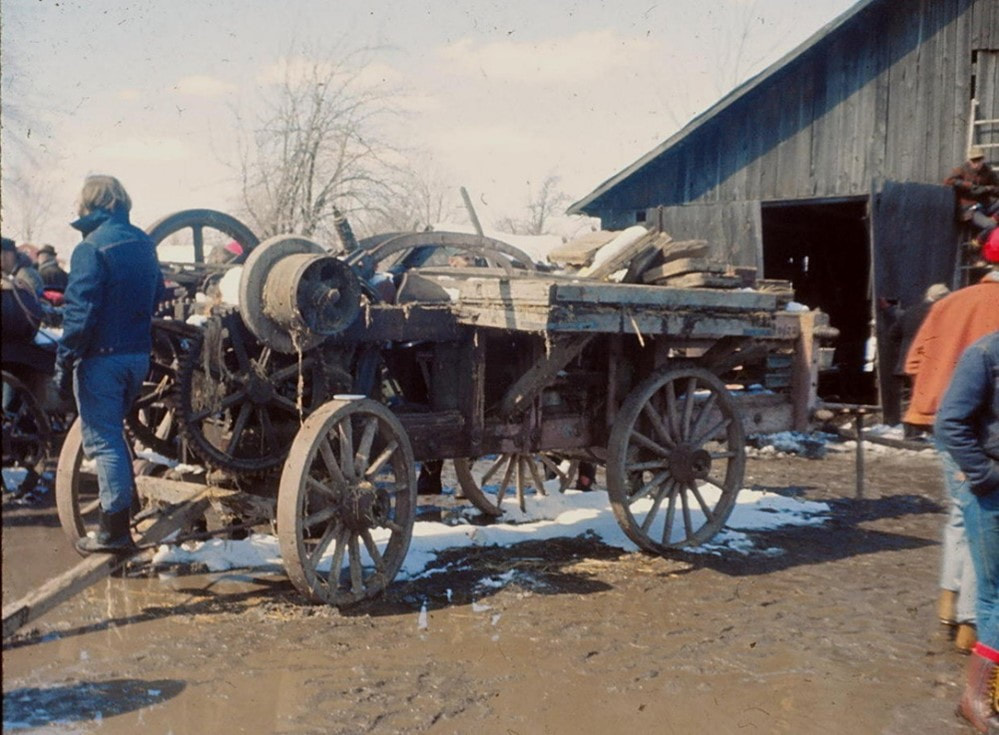
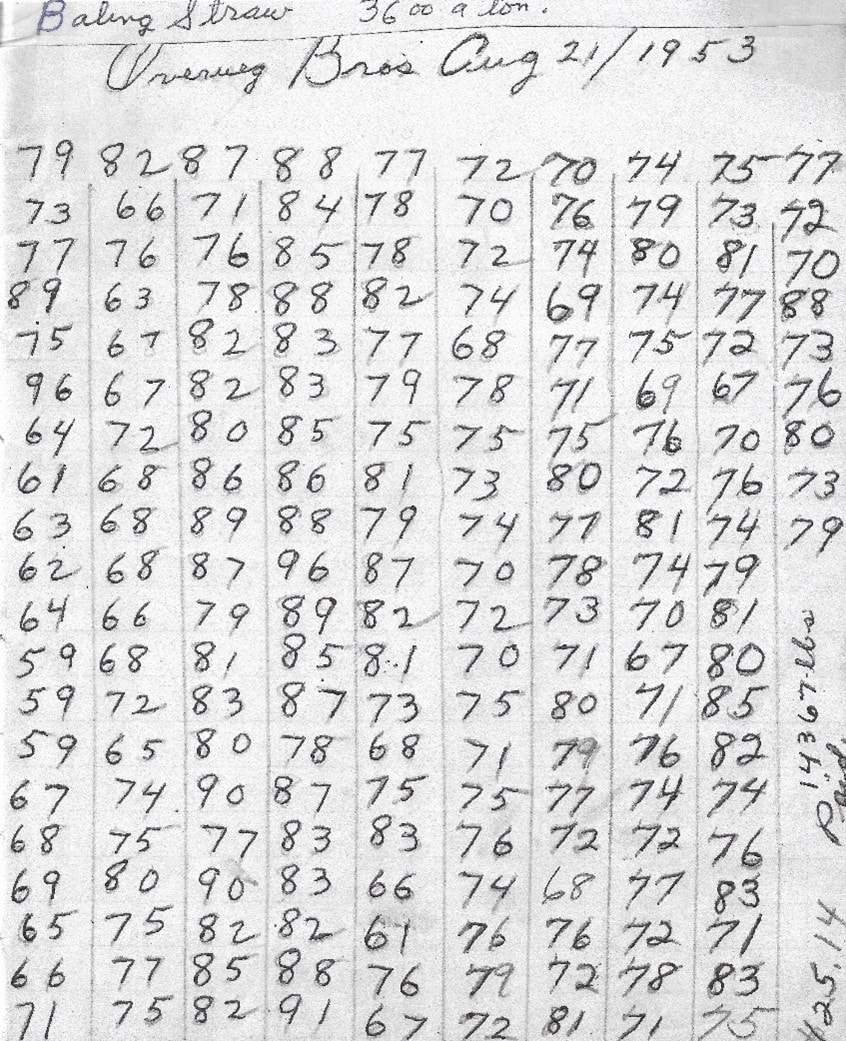
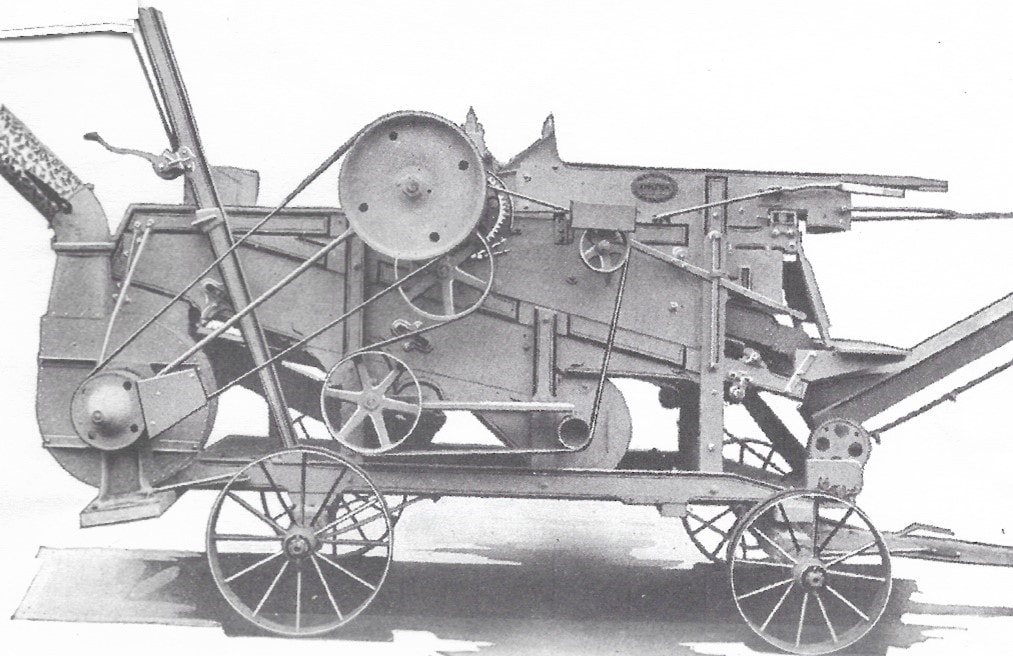
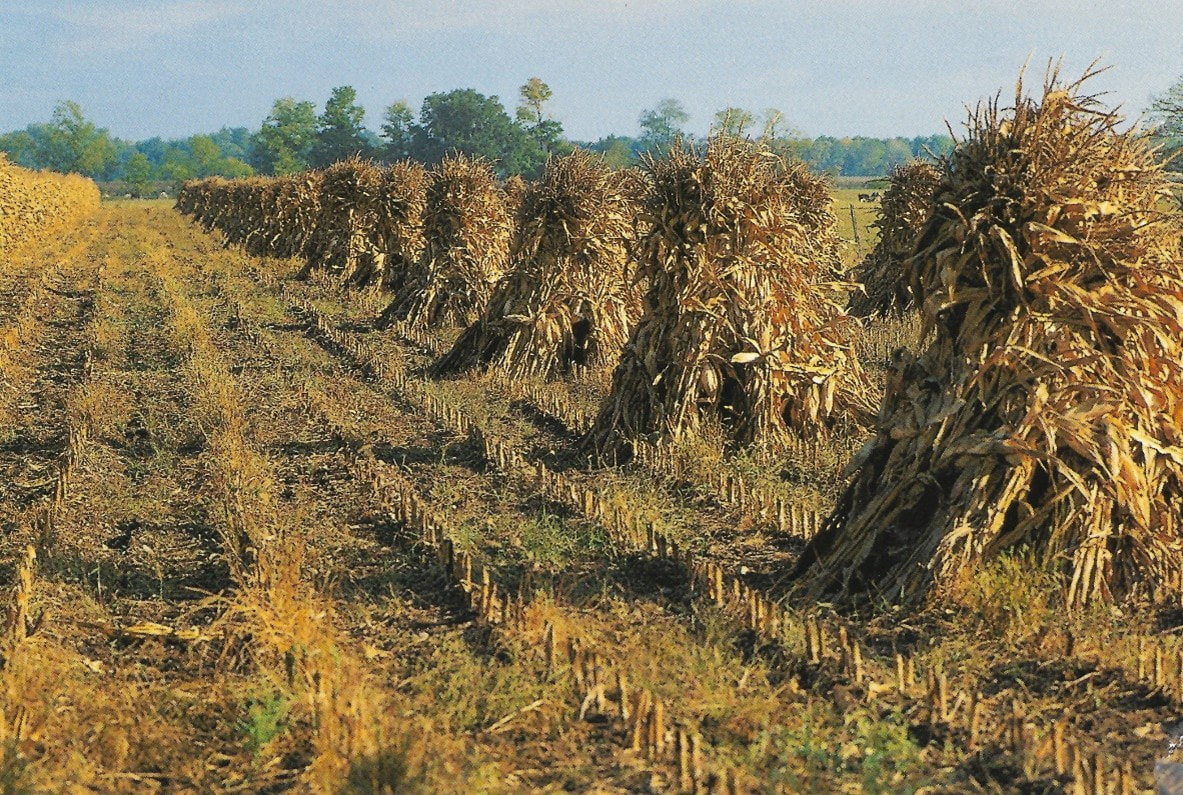
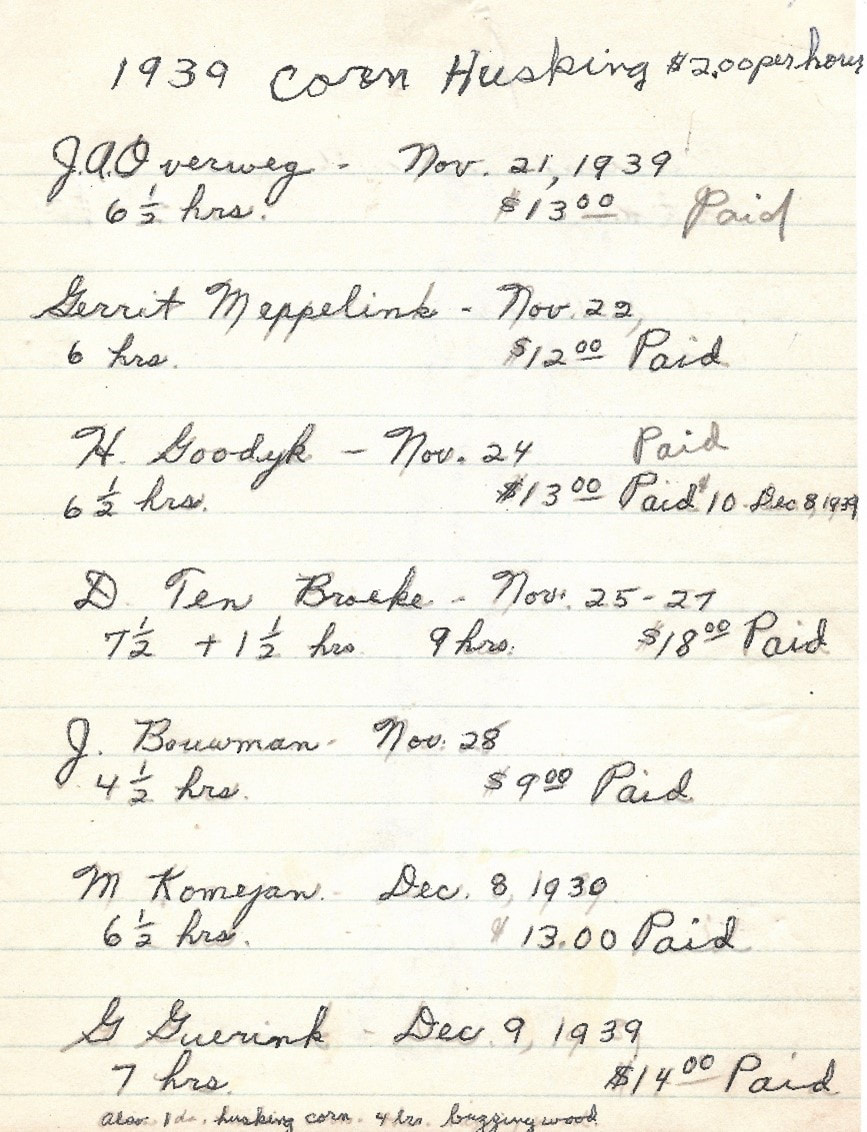
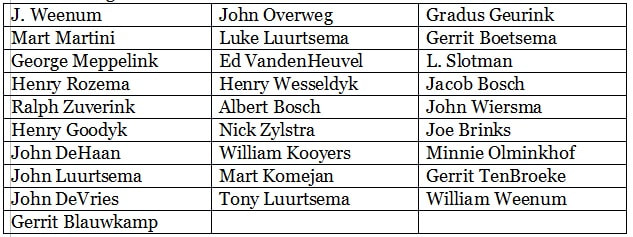
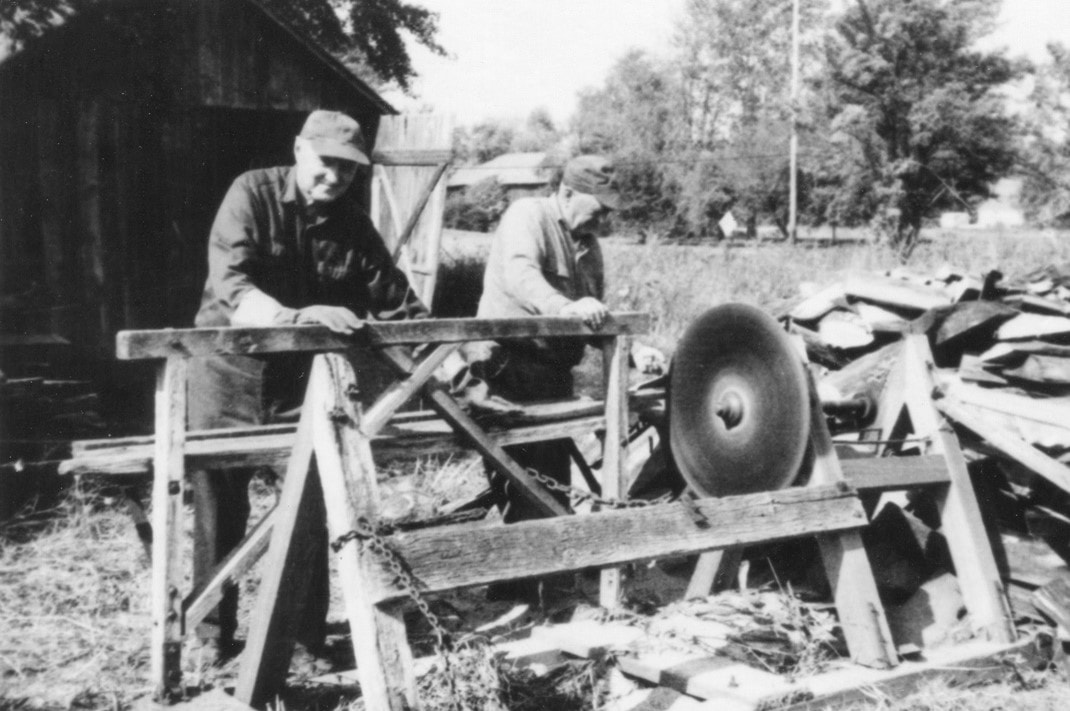
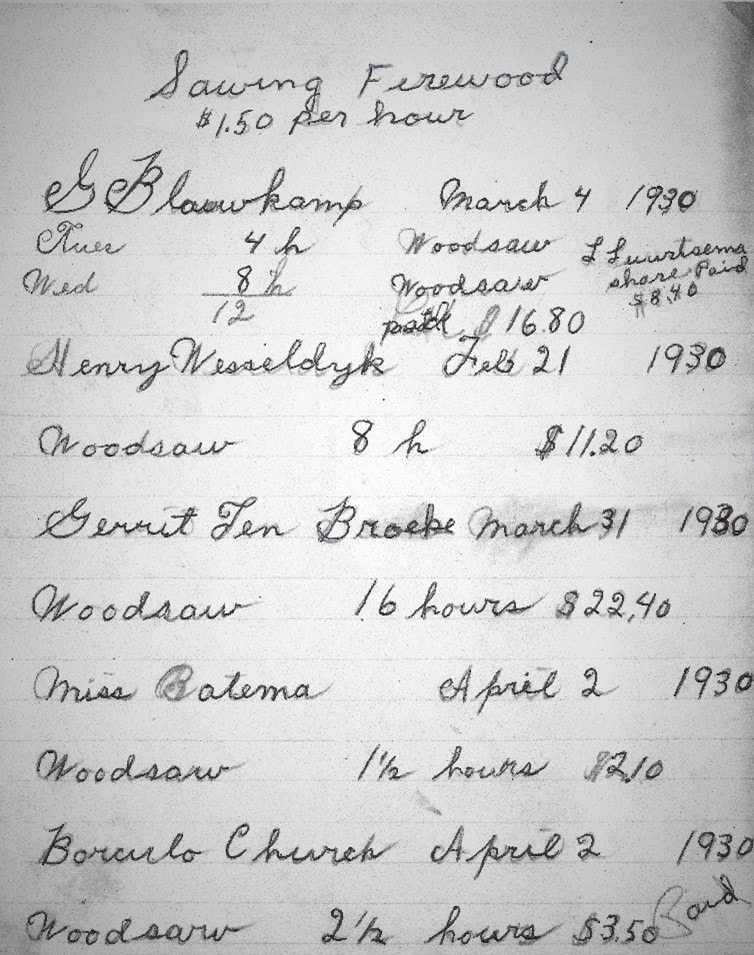

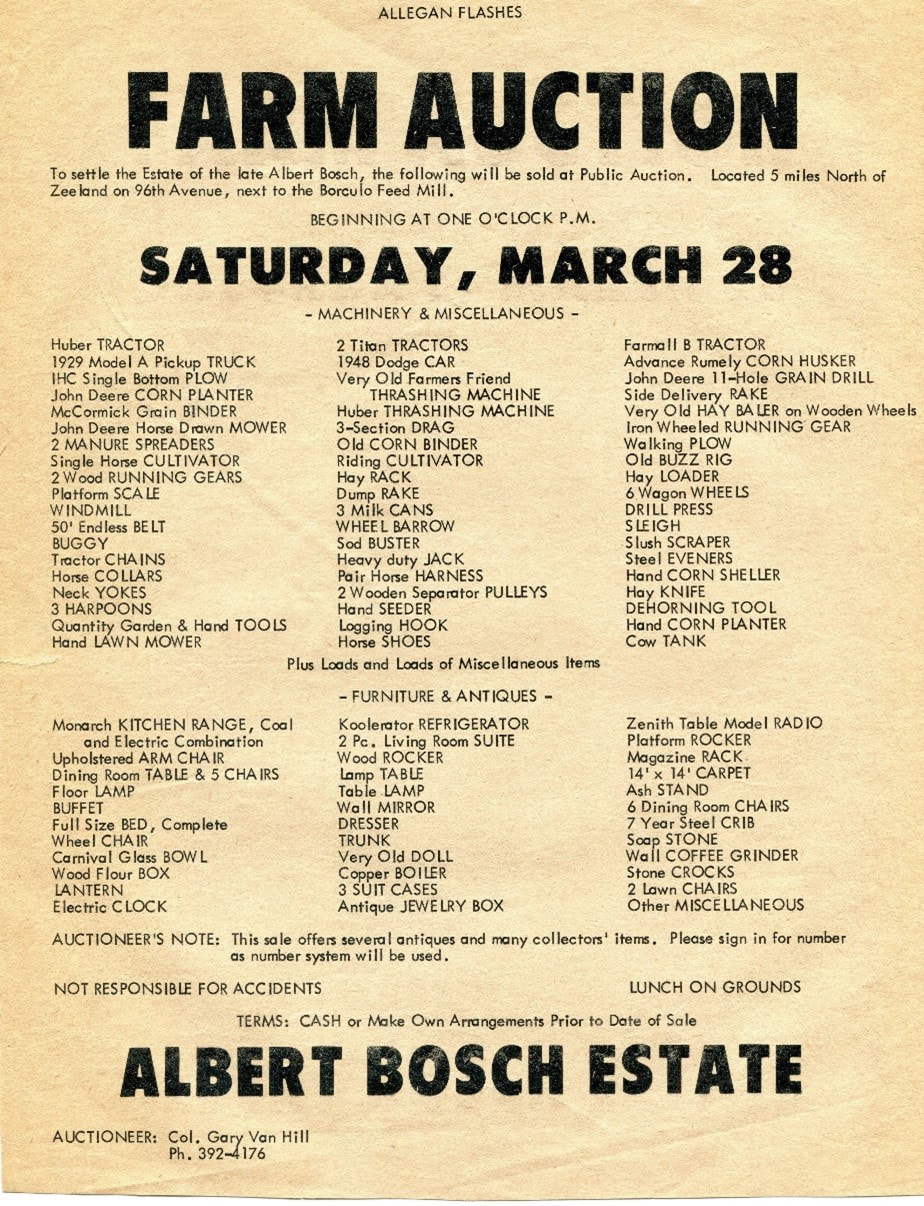
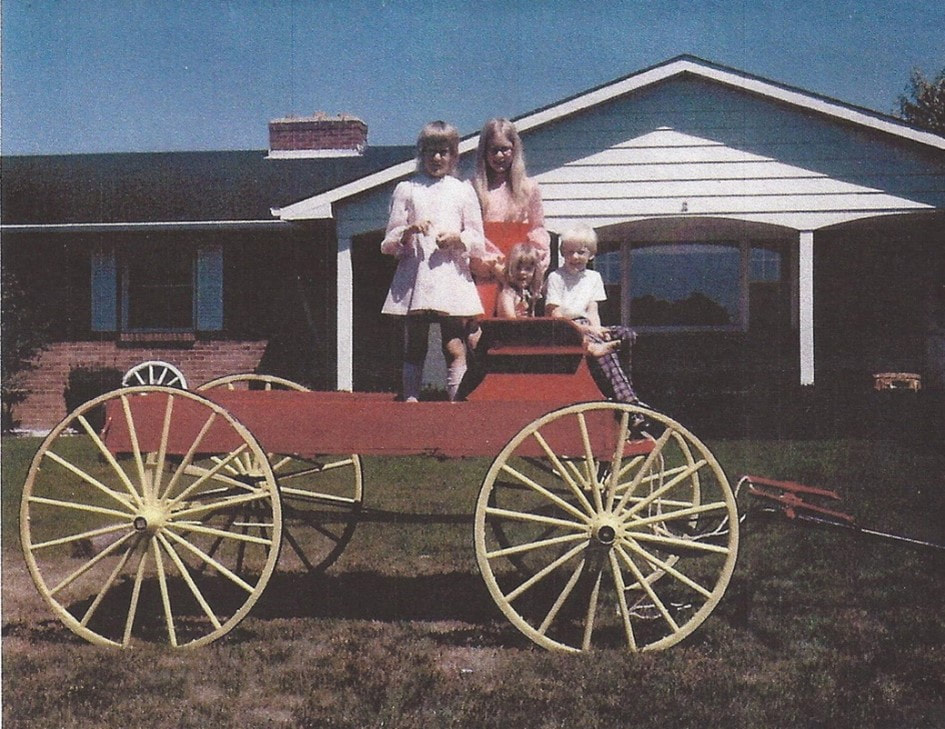
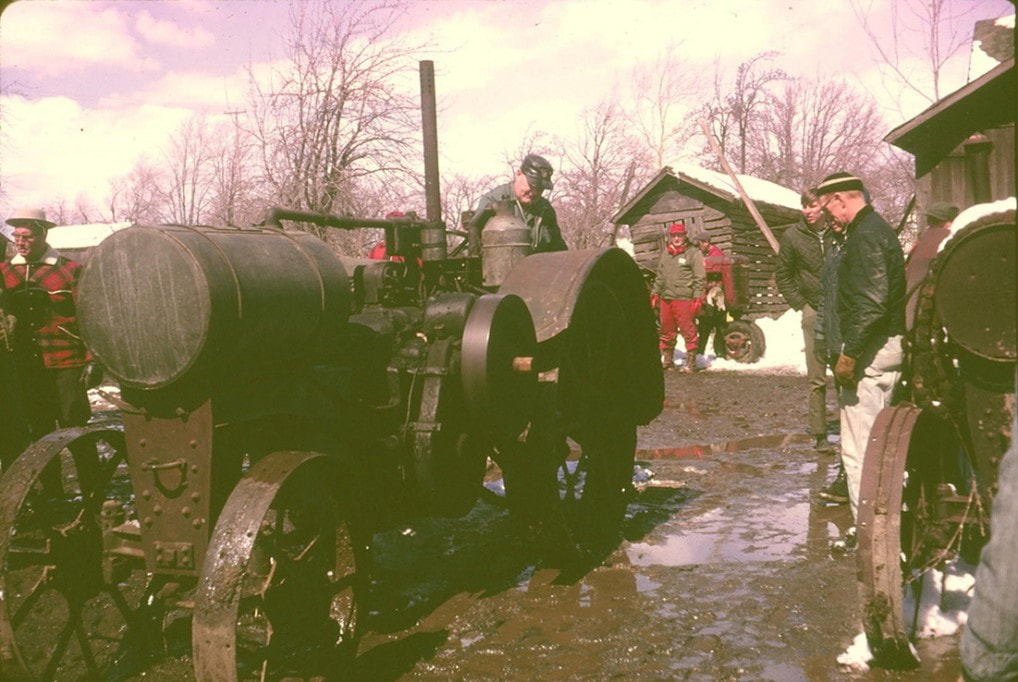
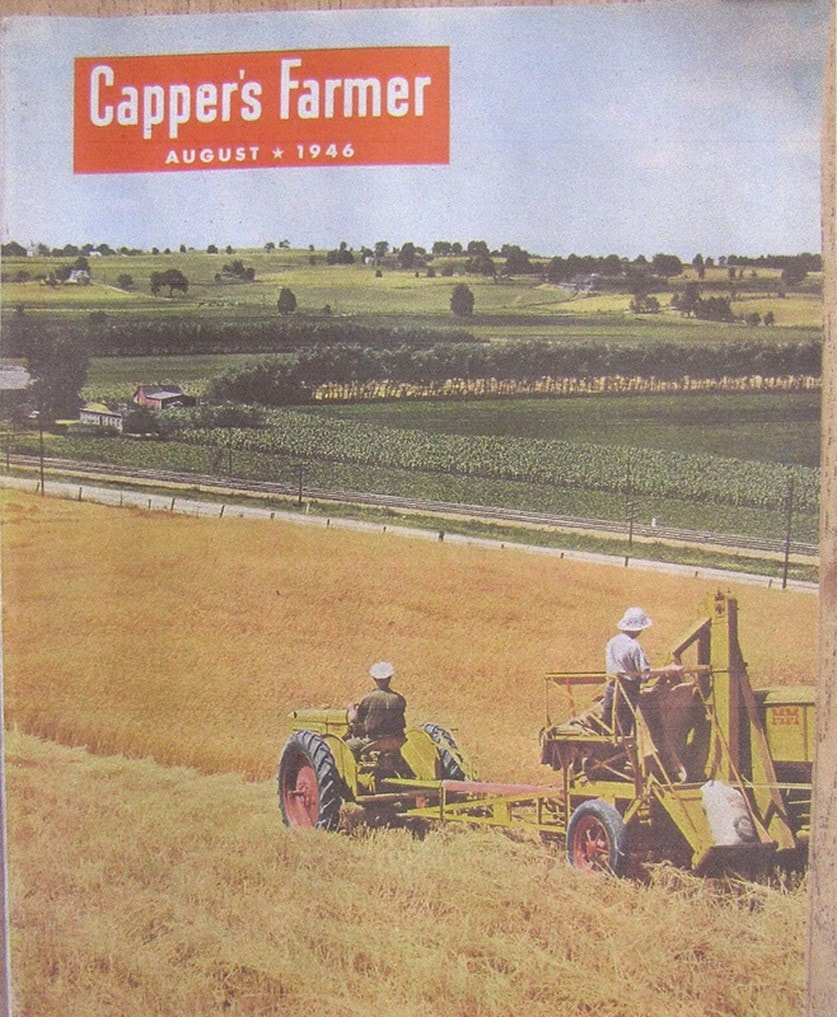
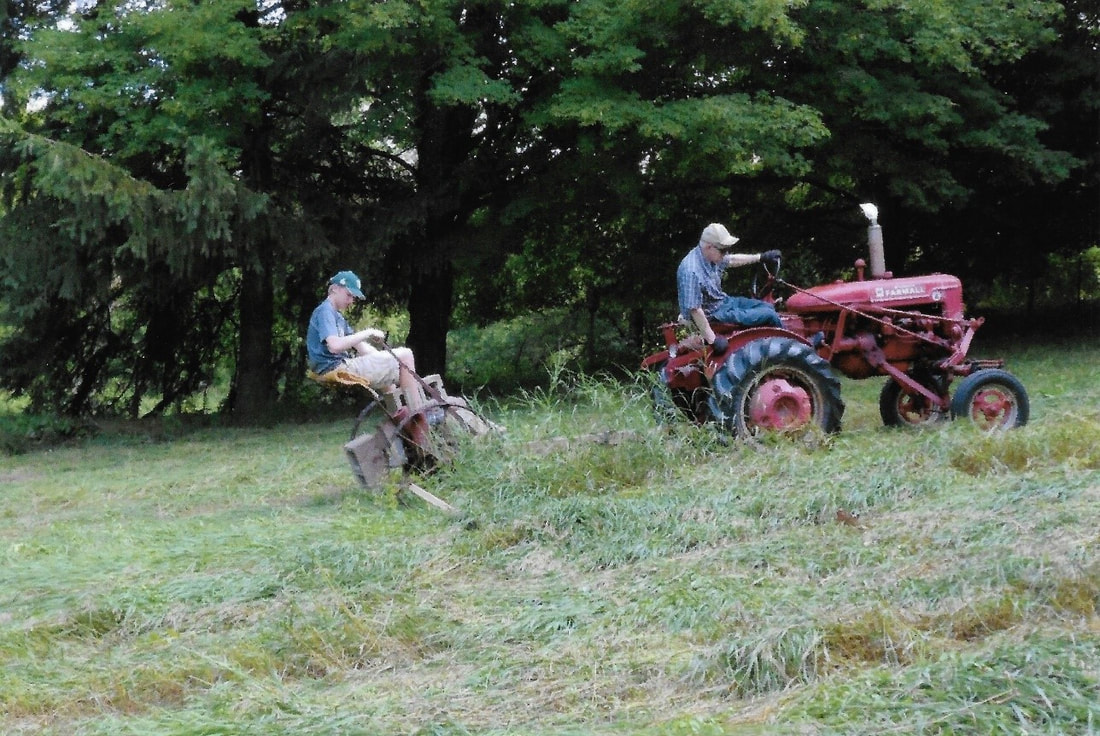
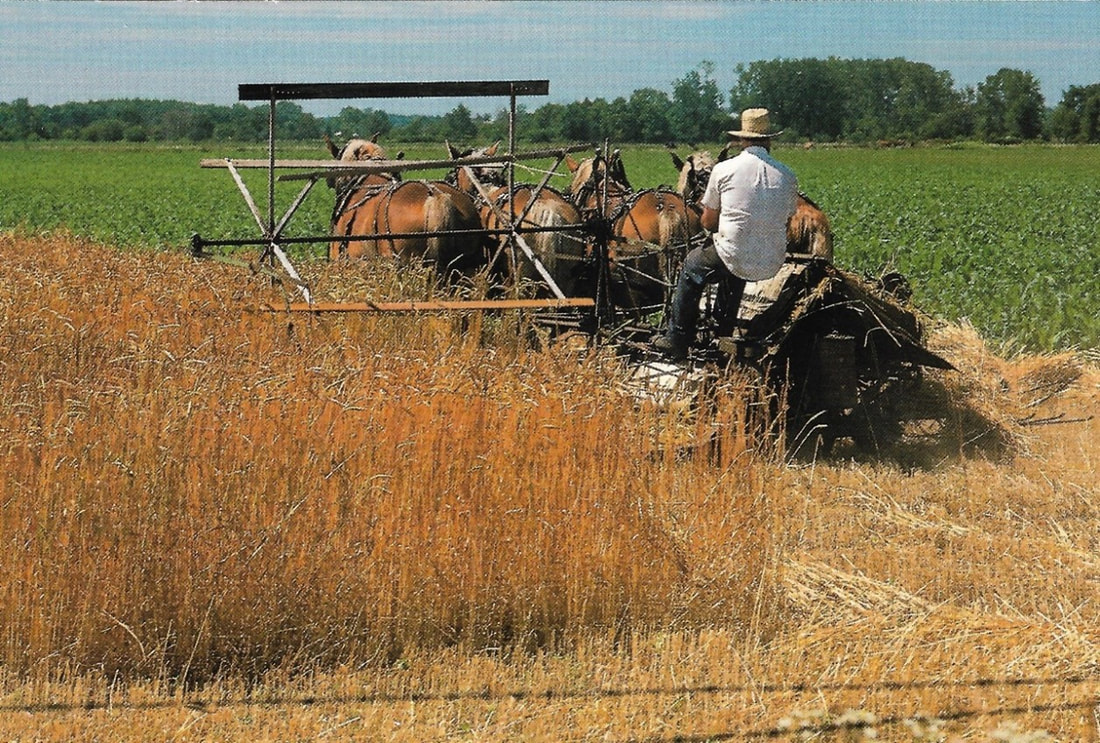
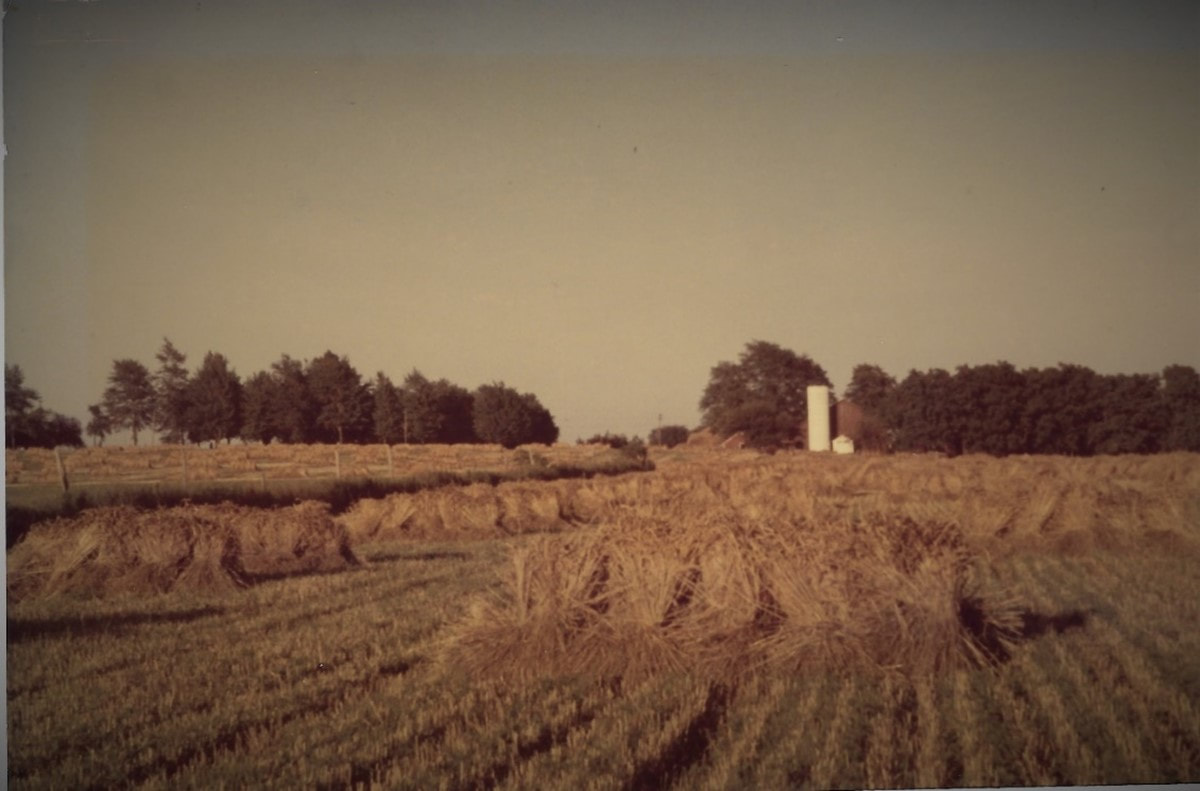
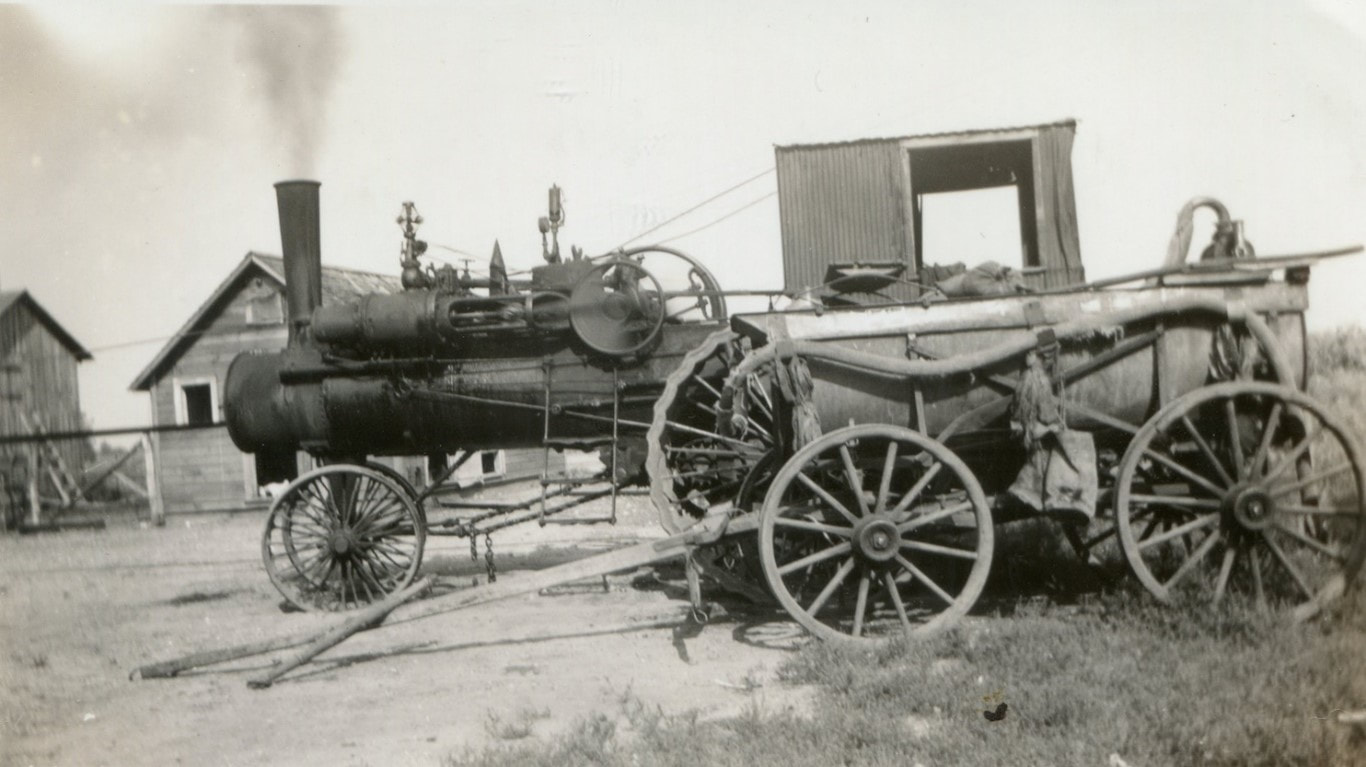
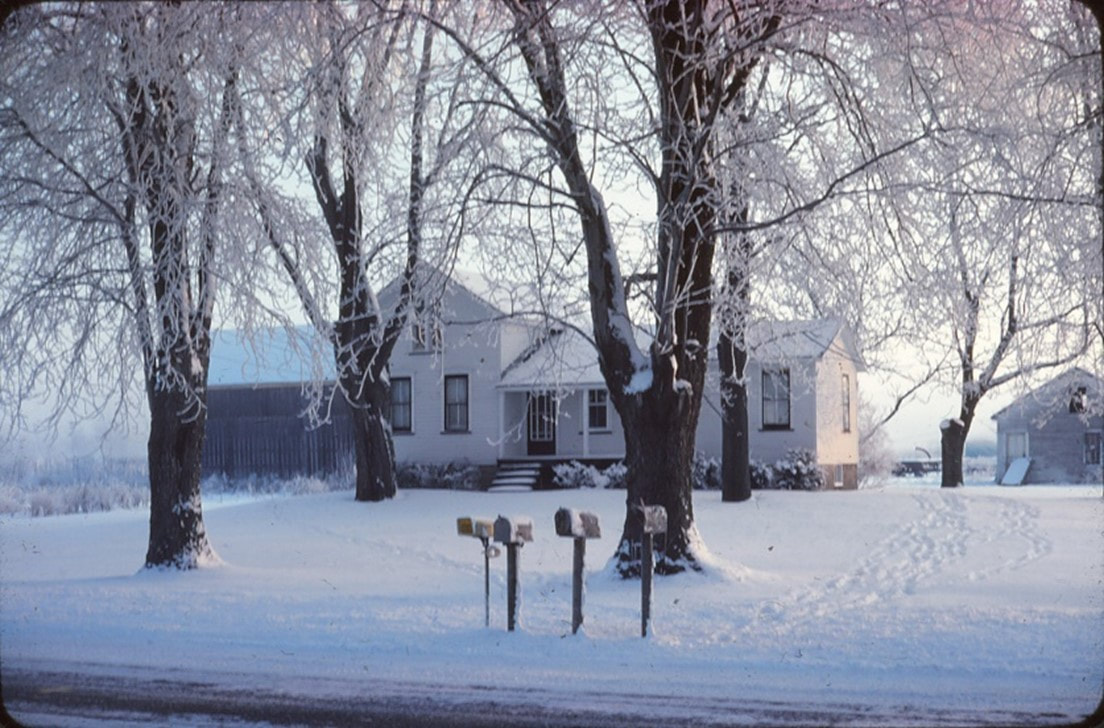
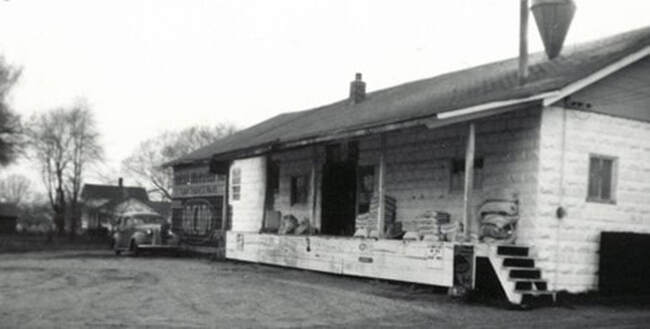
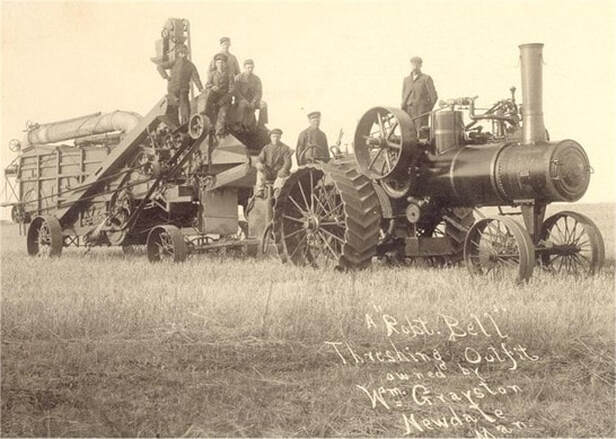
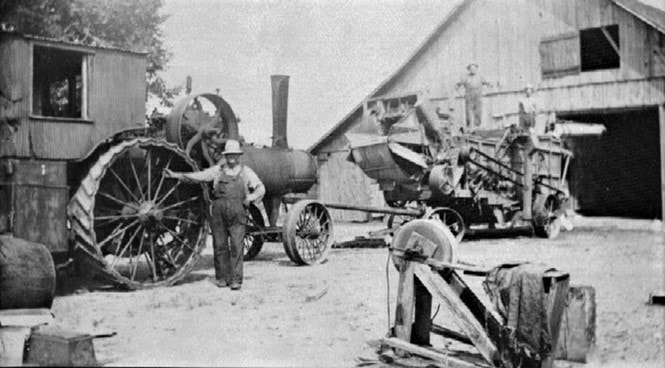
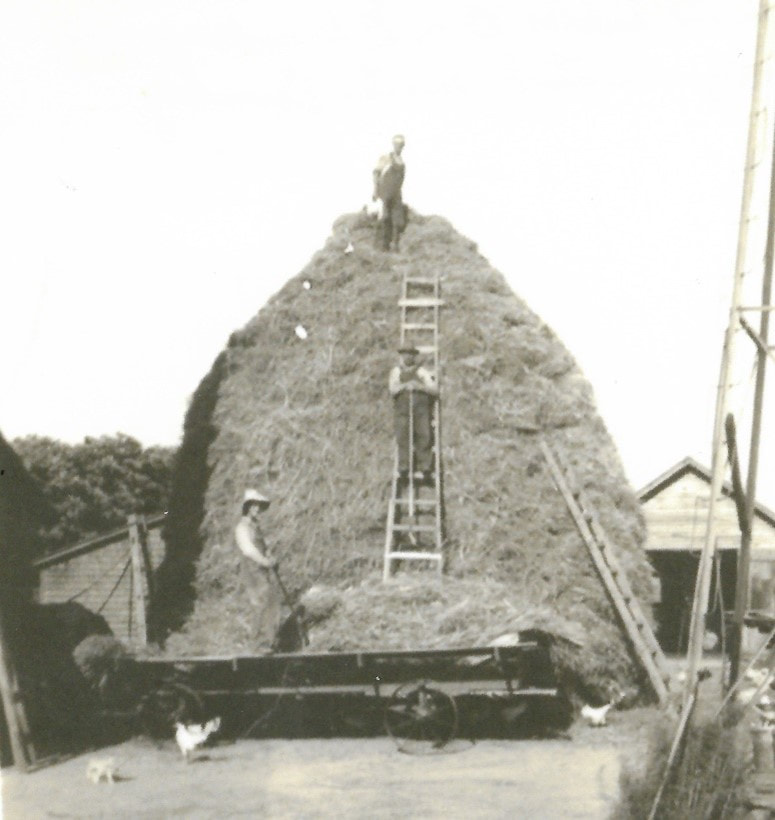
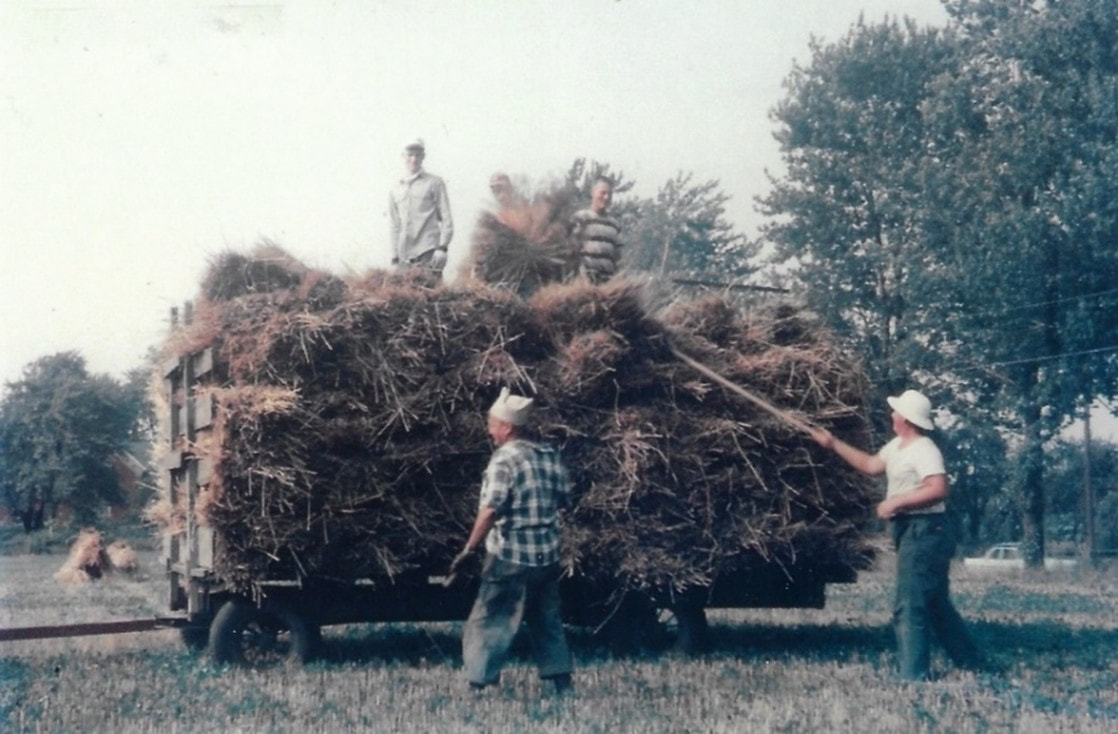
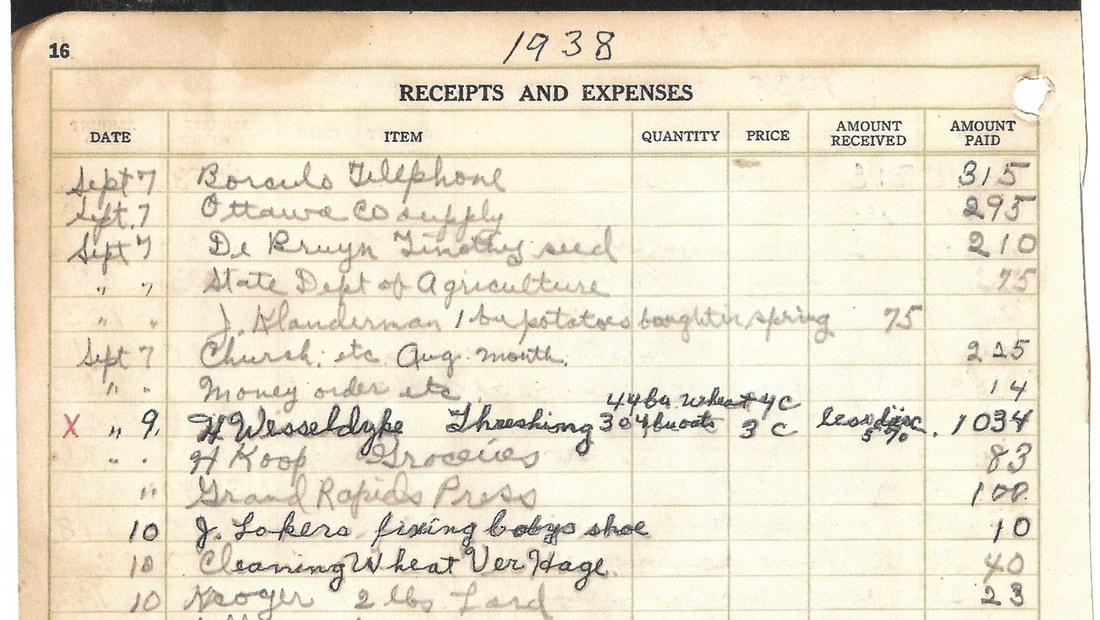
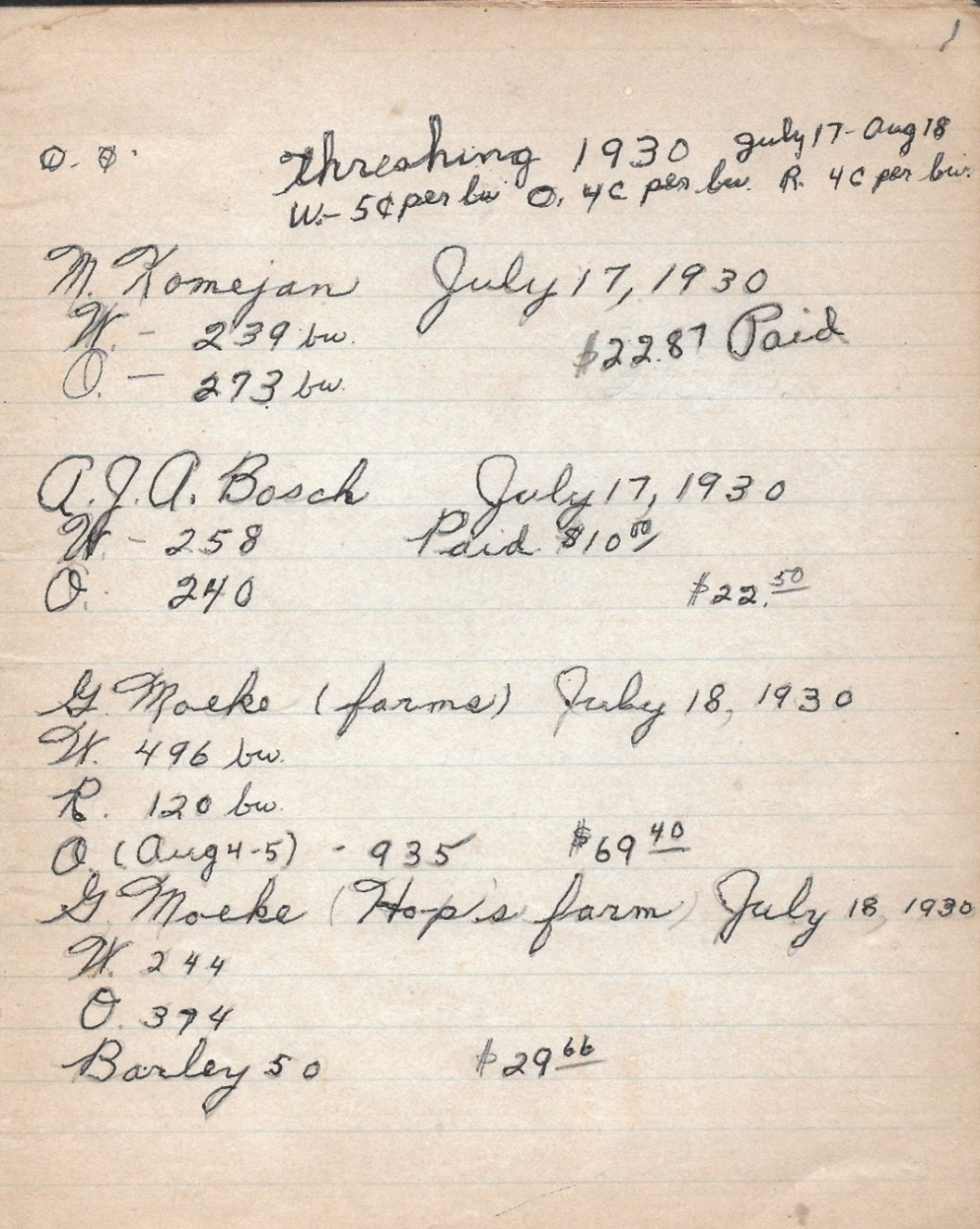
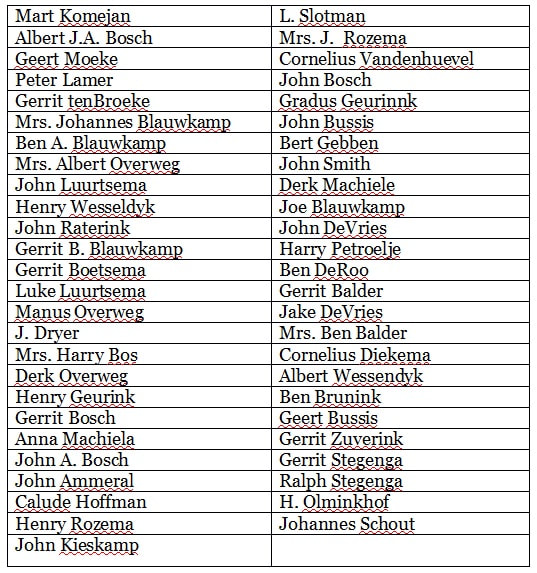
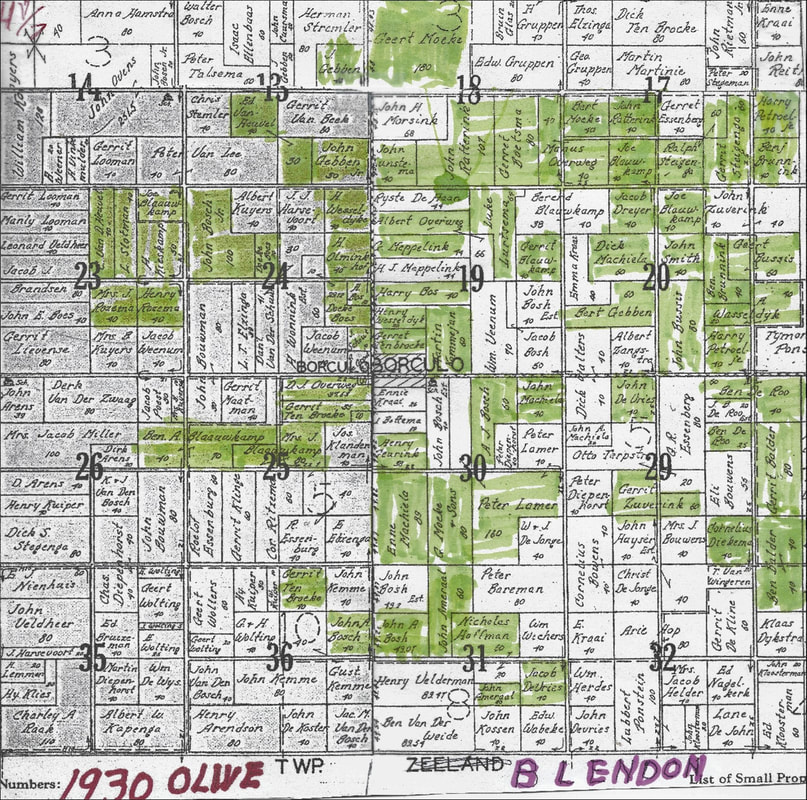
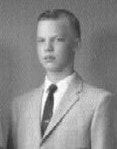
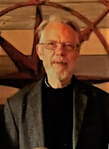
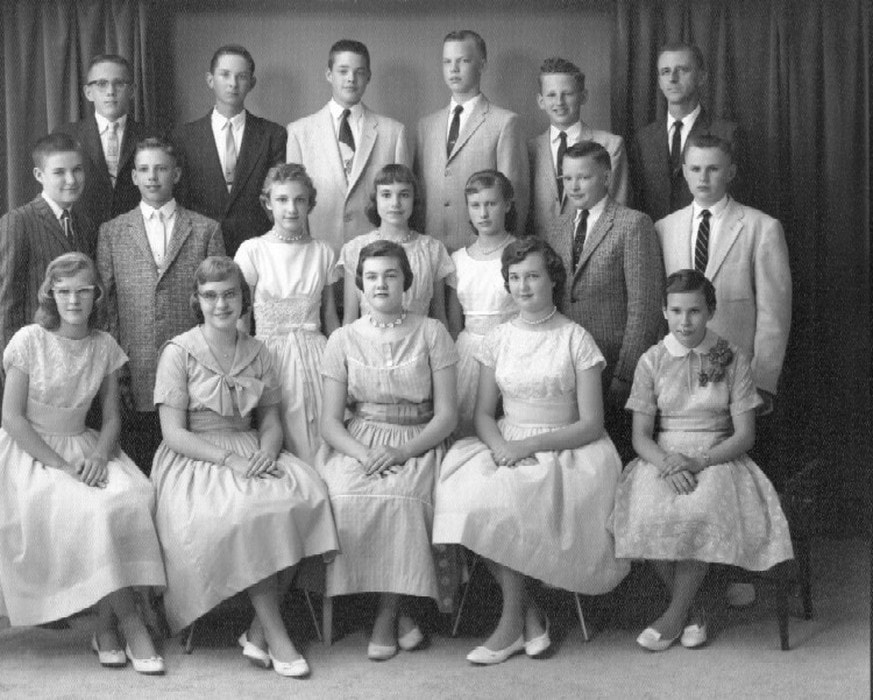
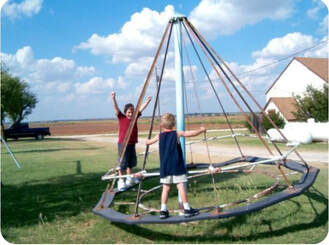
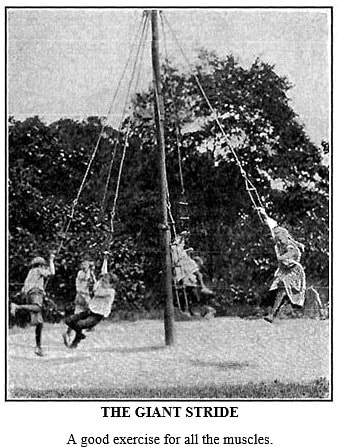
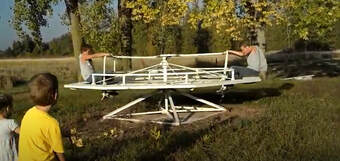
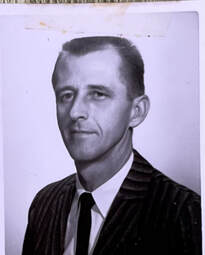
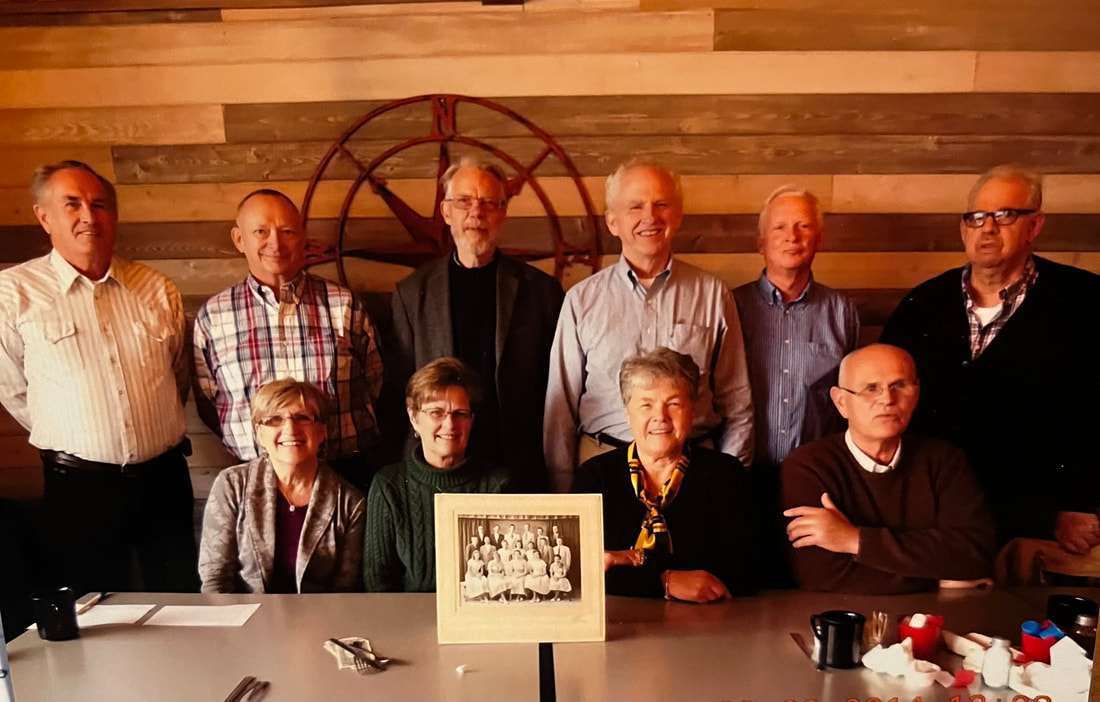


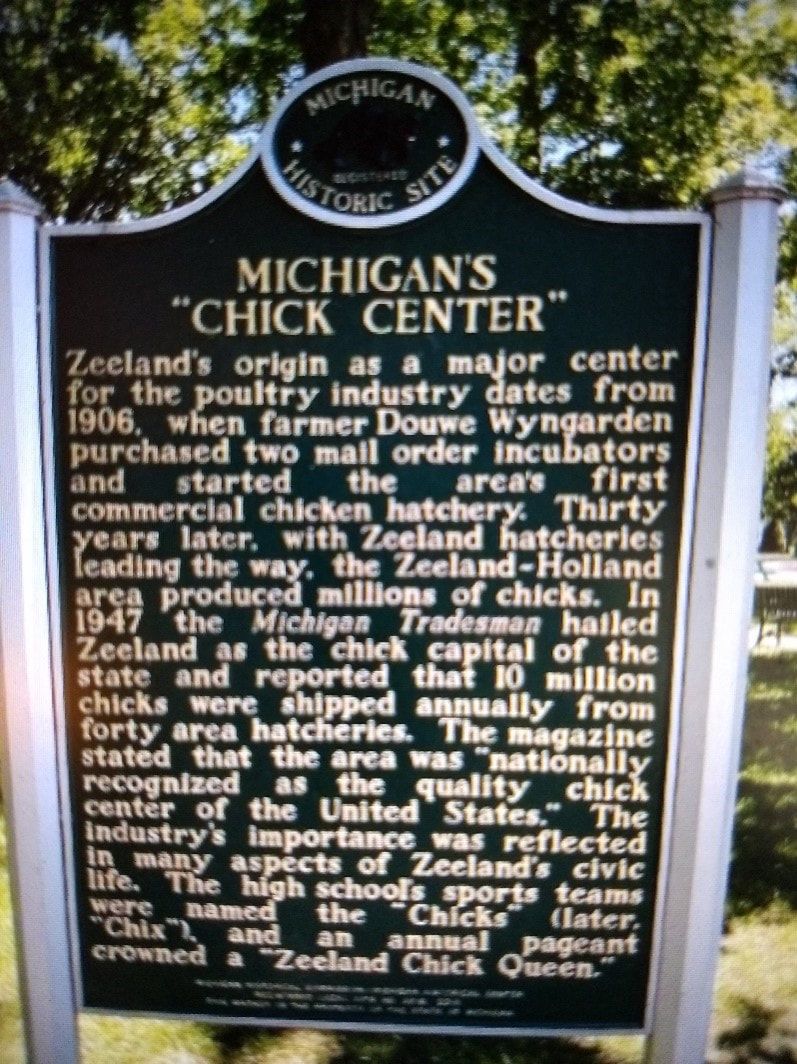

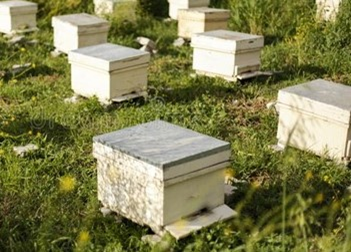
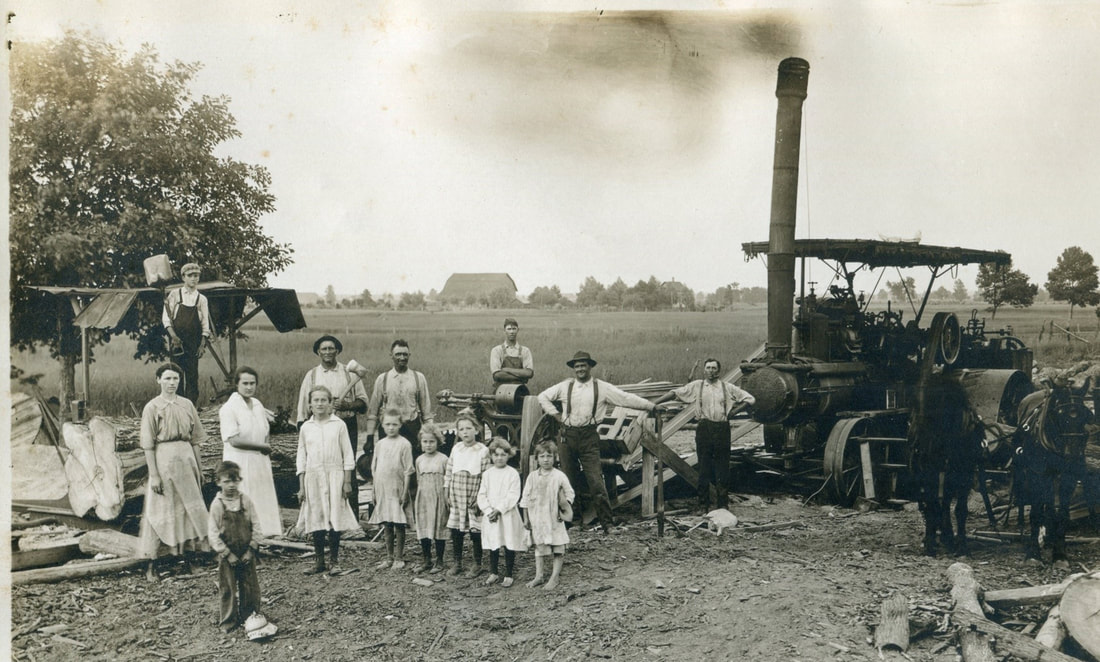
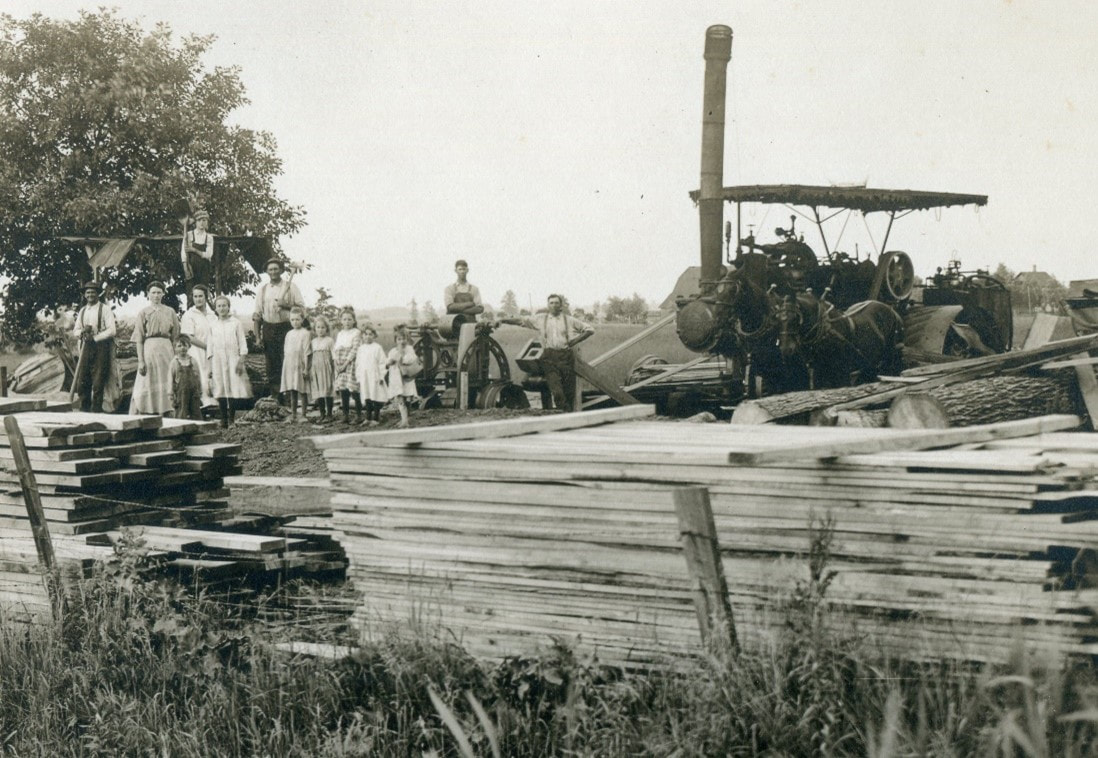
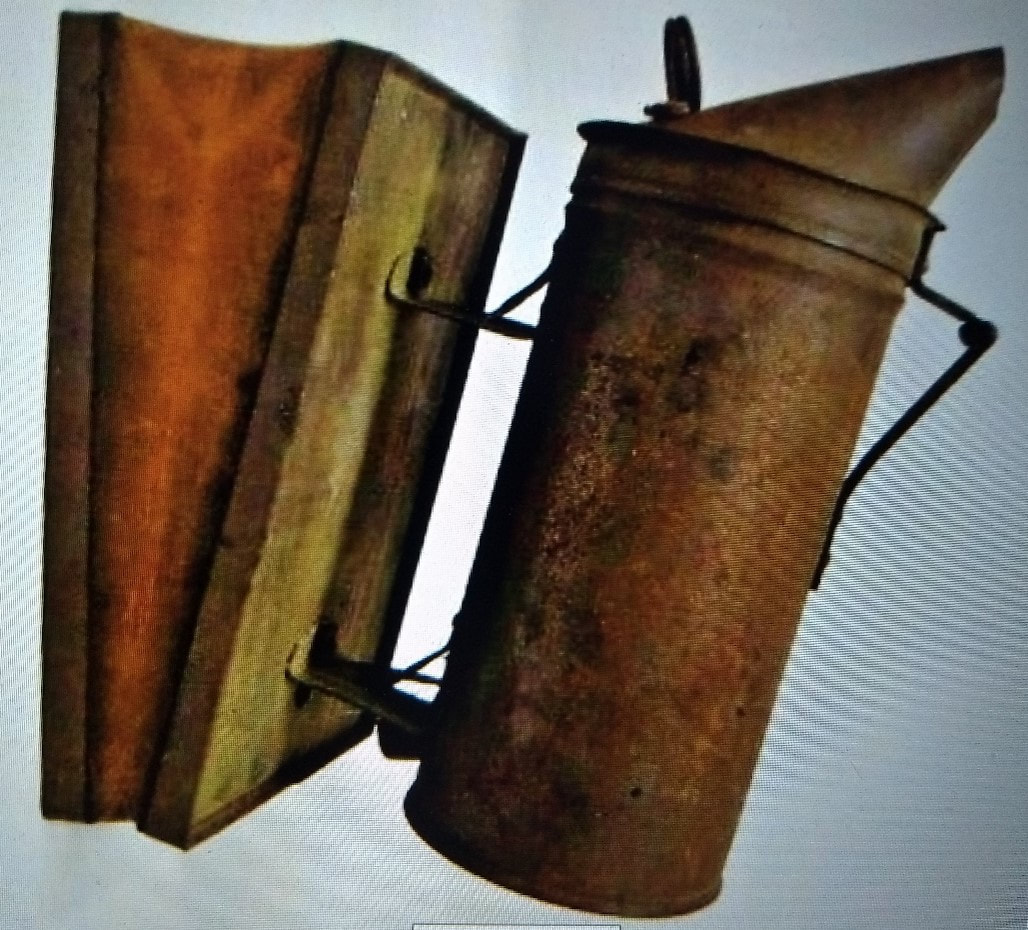
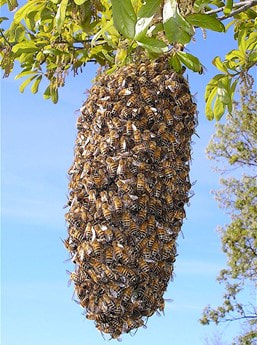
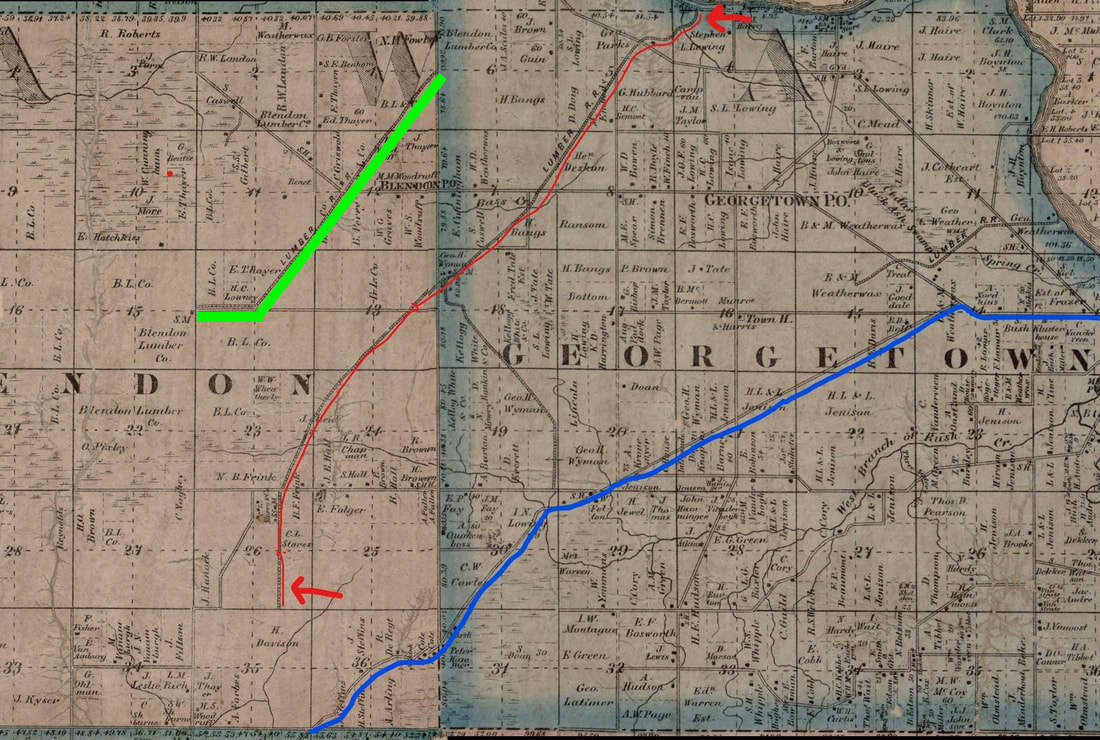
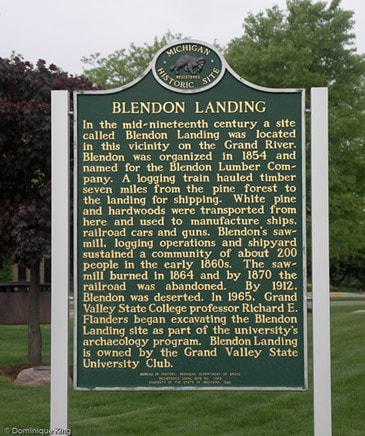
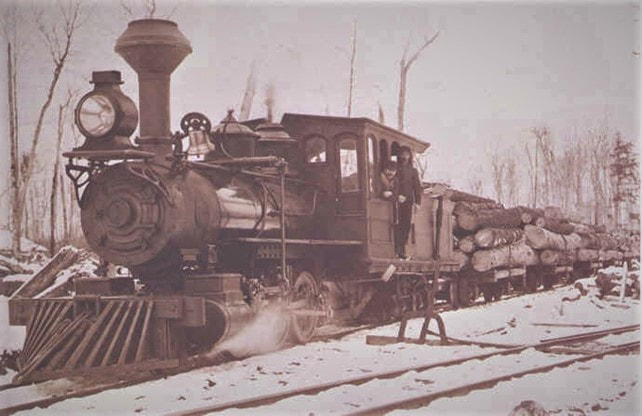
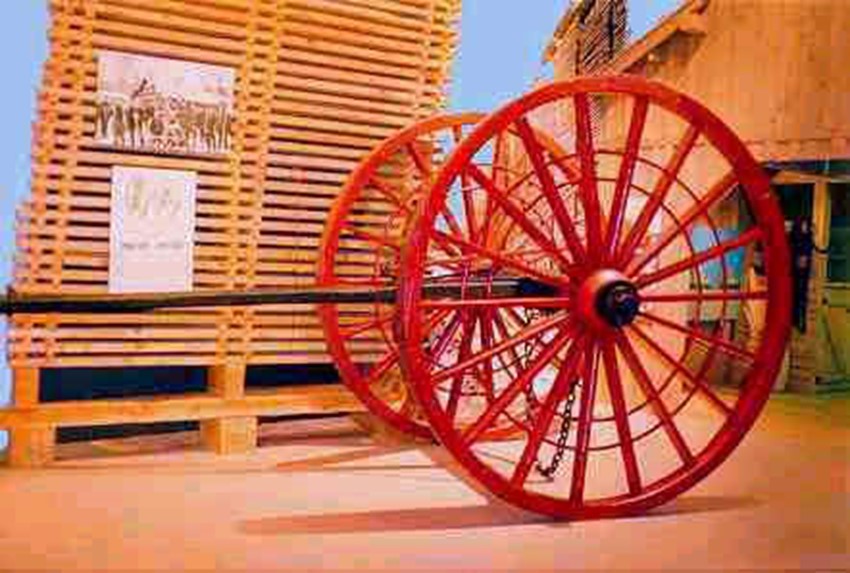
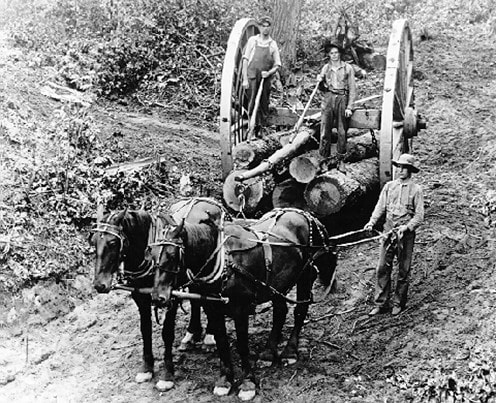
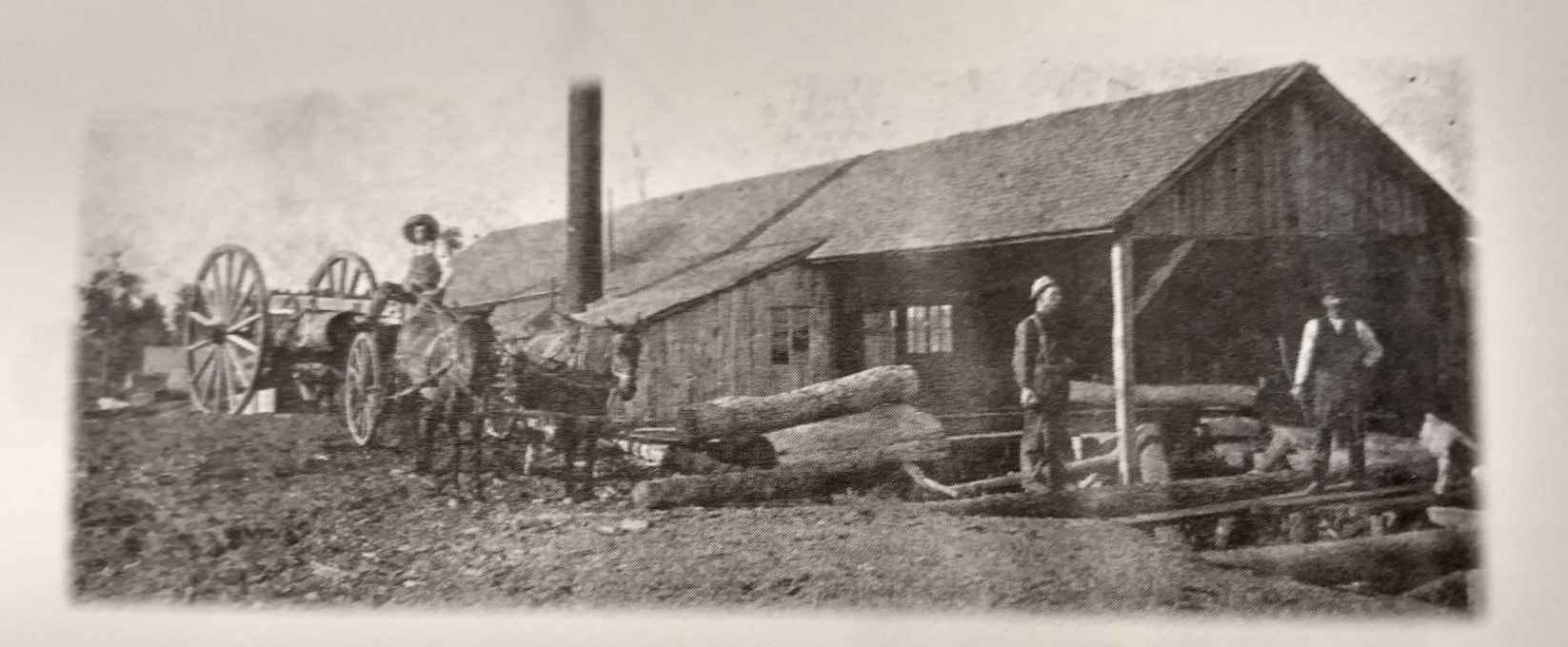
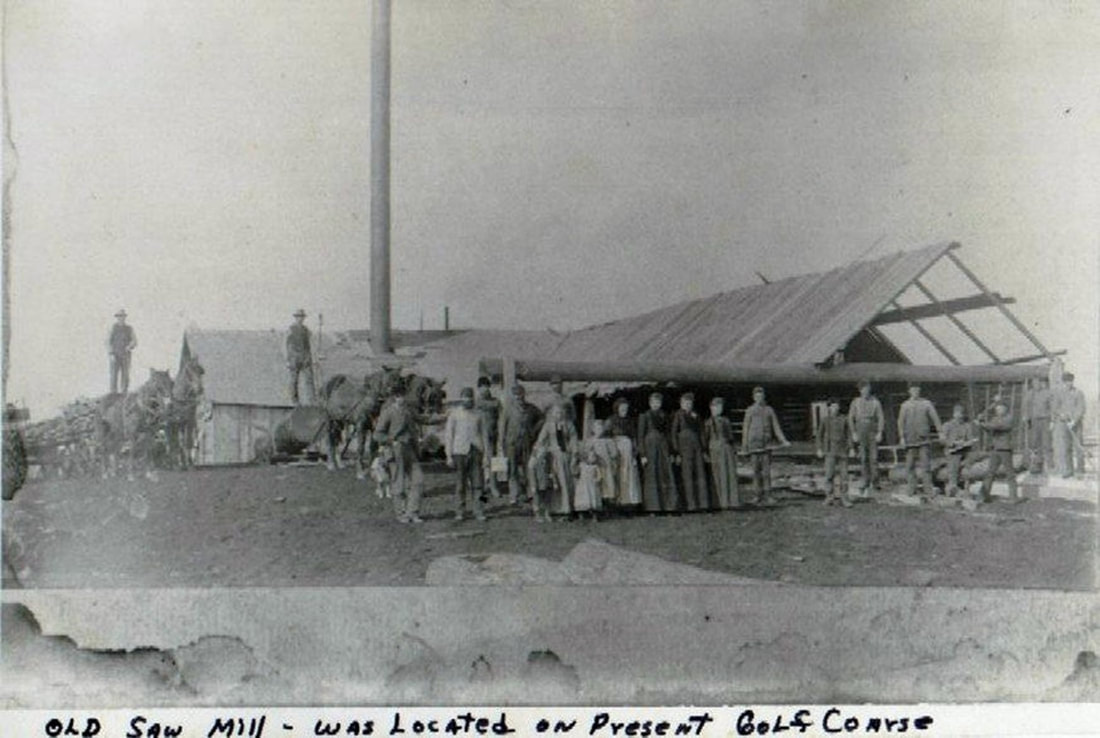
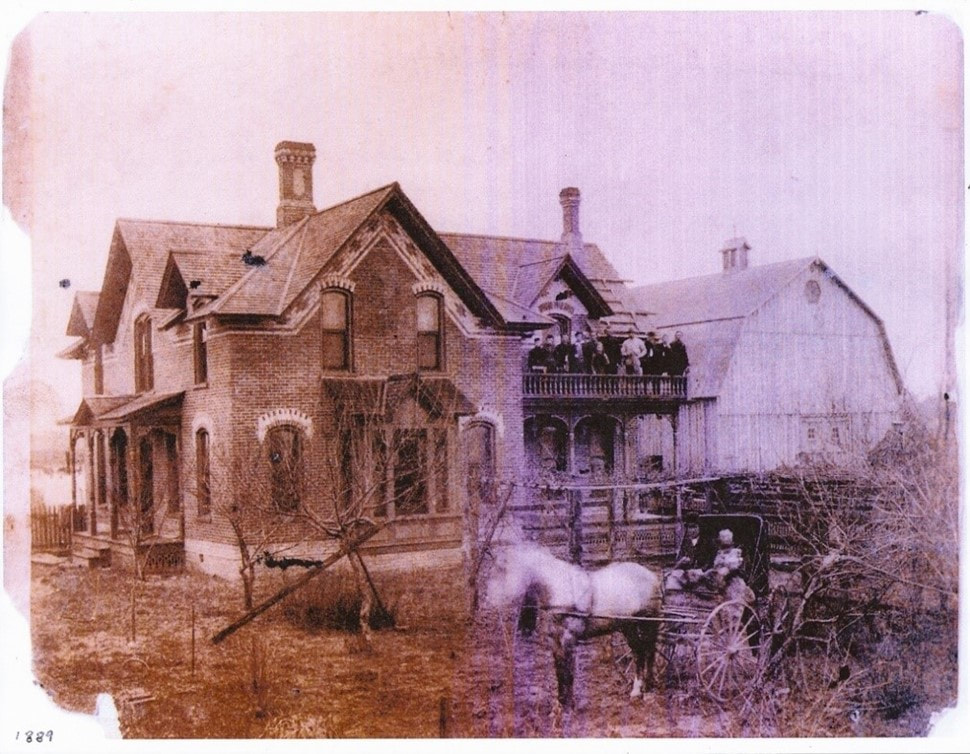
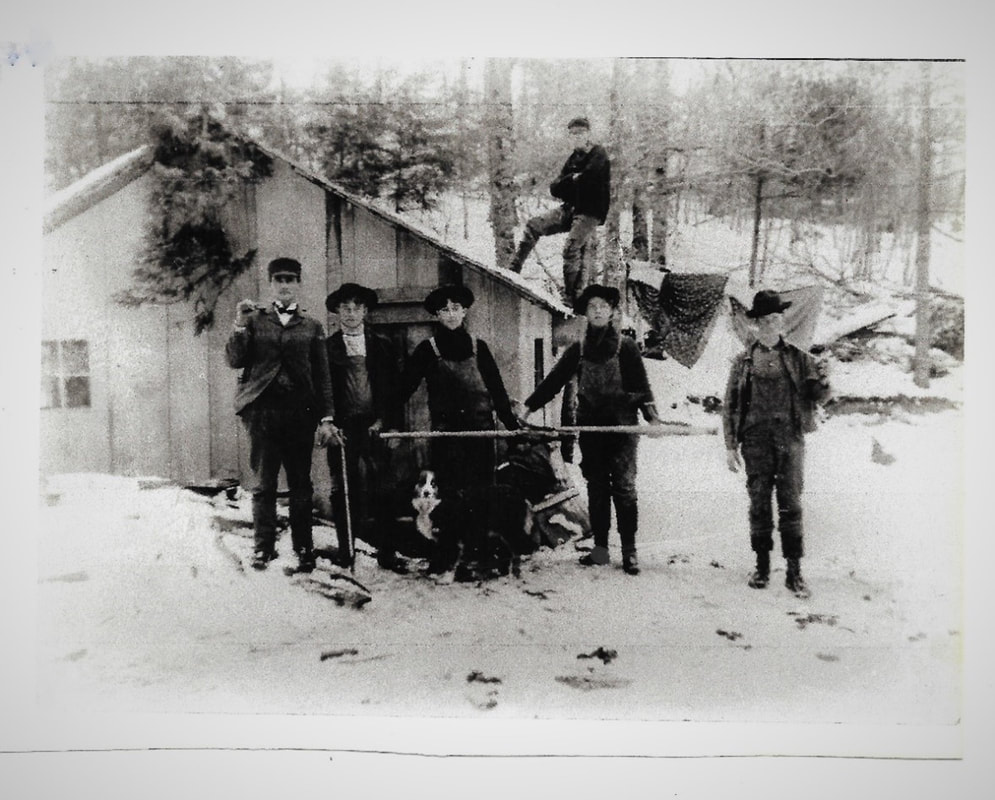
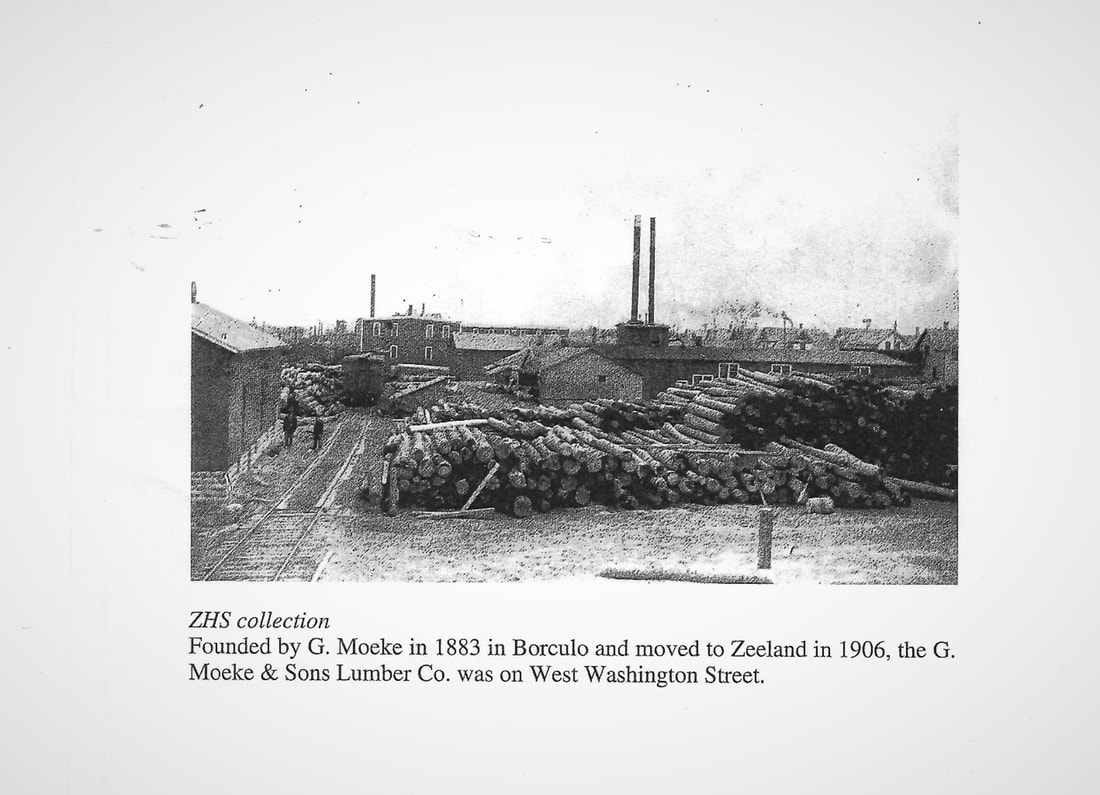
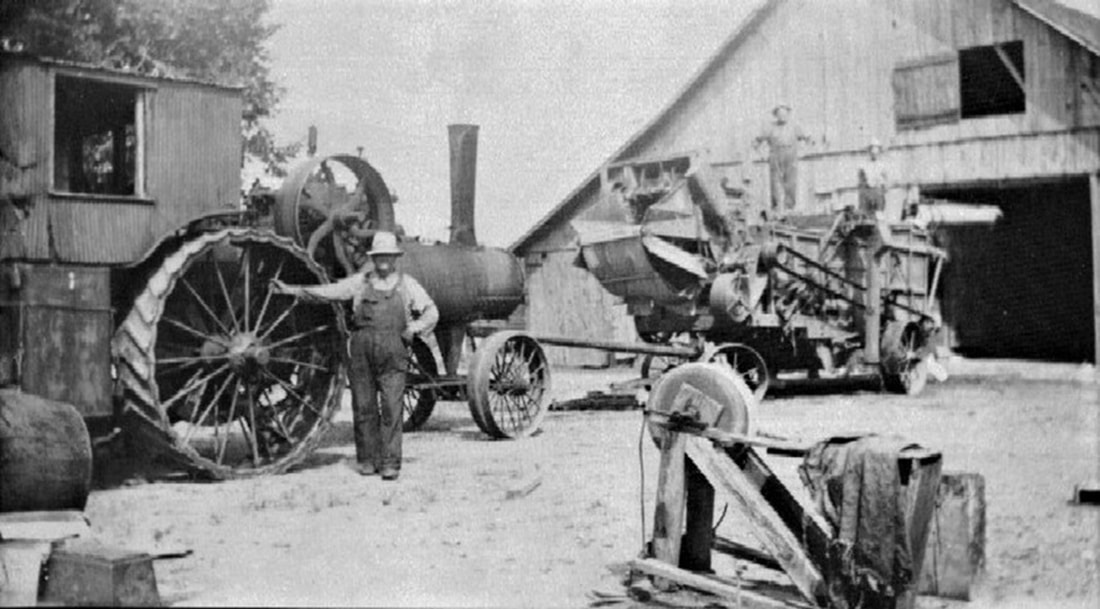
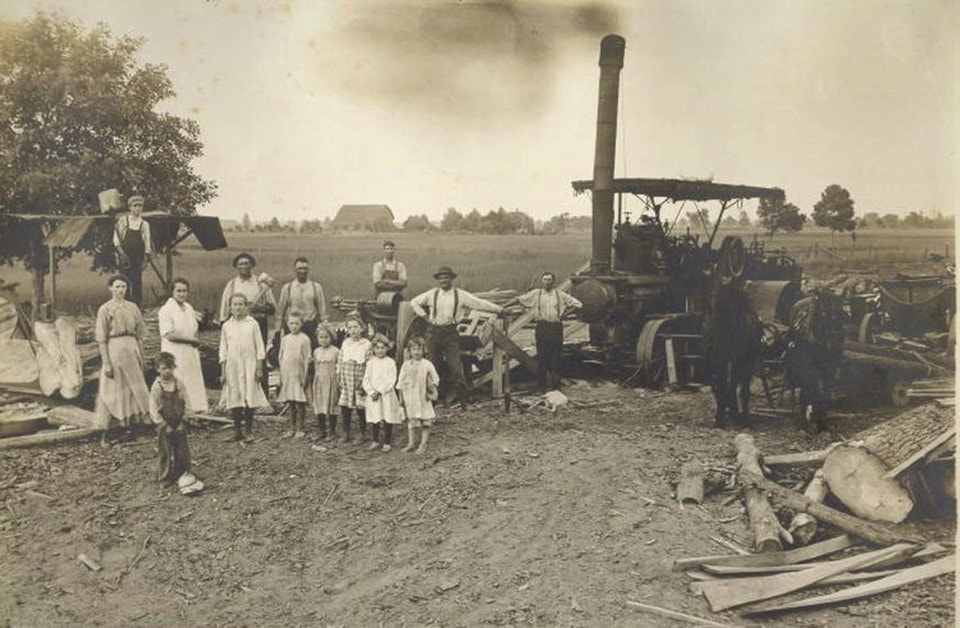
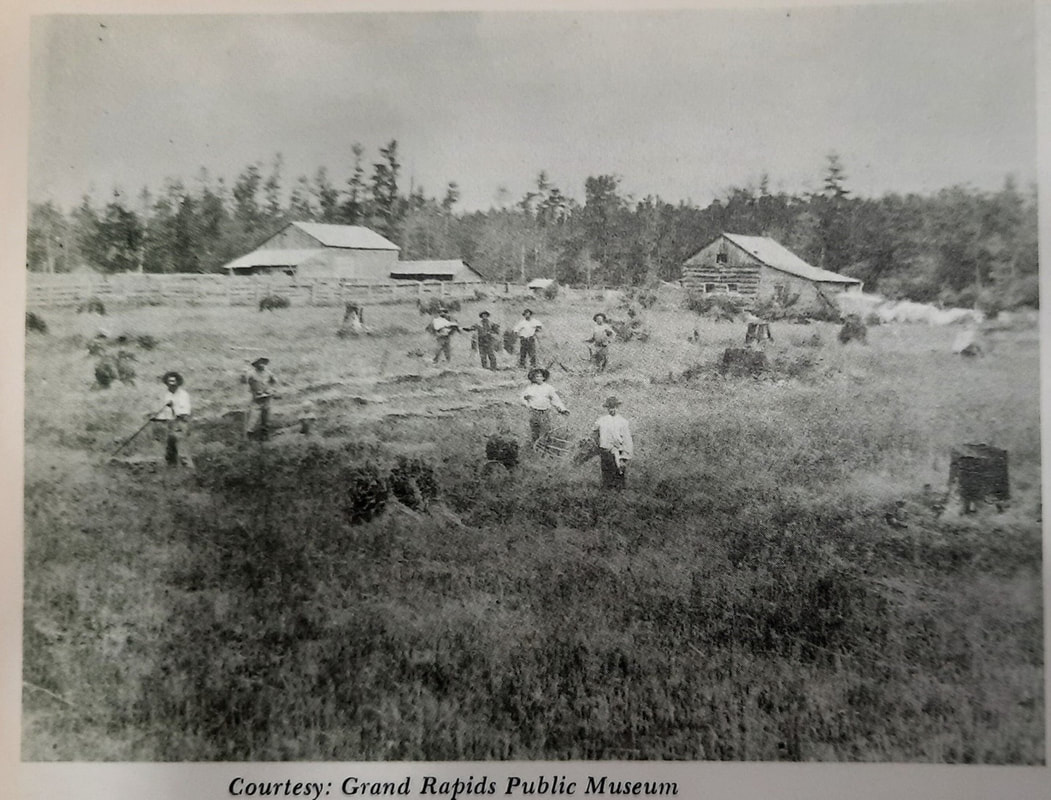
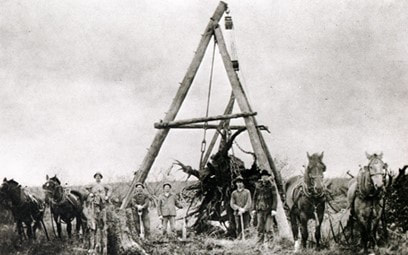
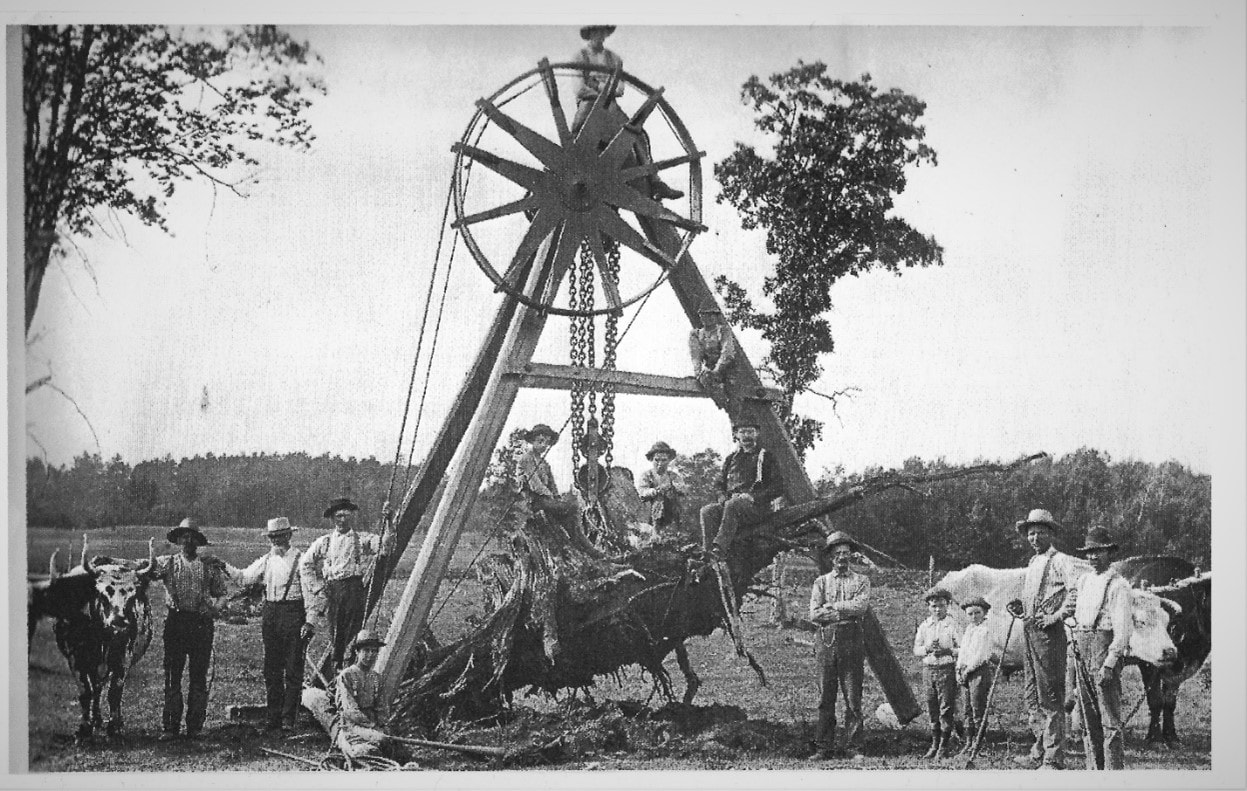
 RSS Feed
RSS Feed
